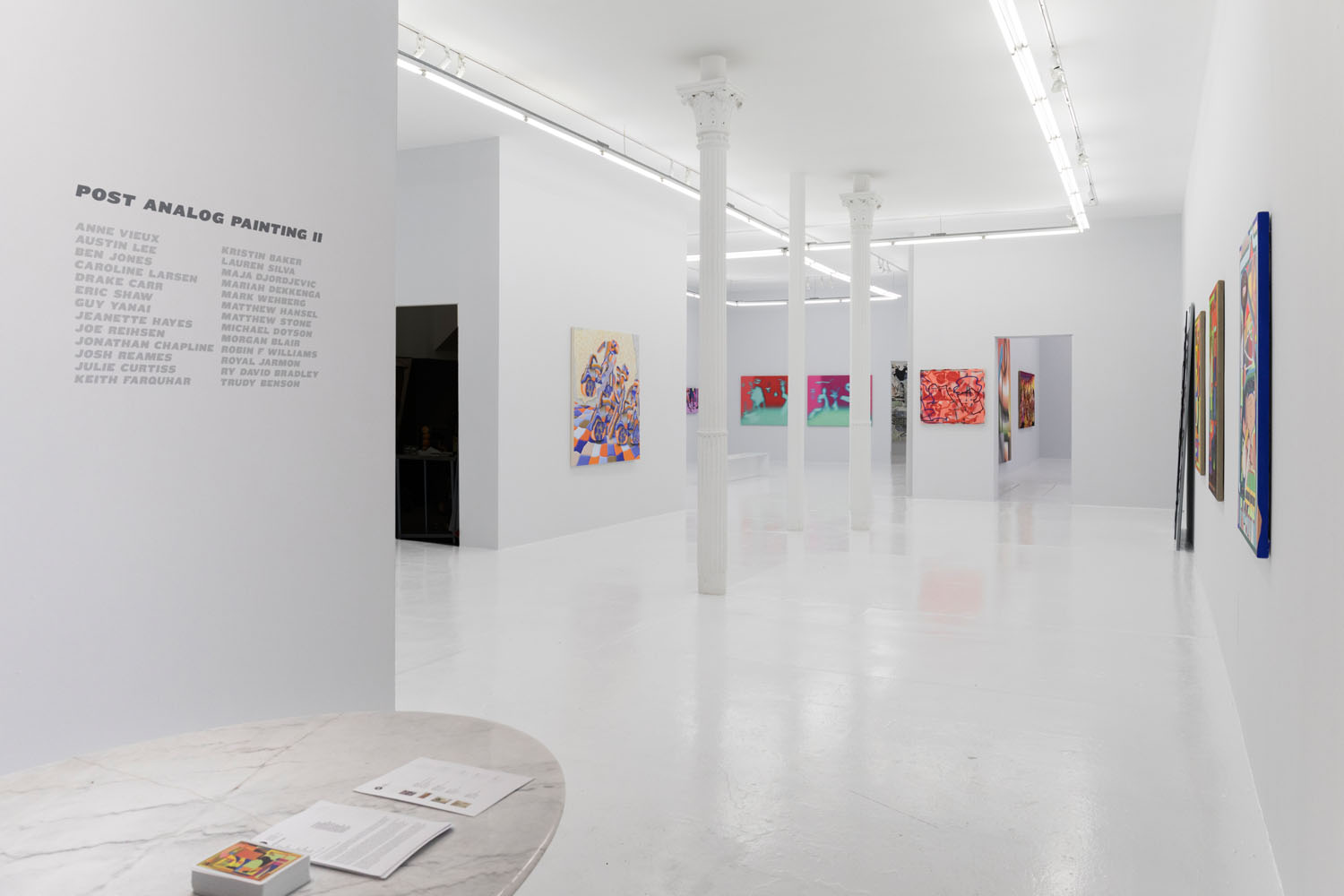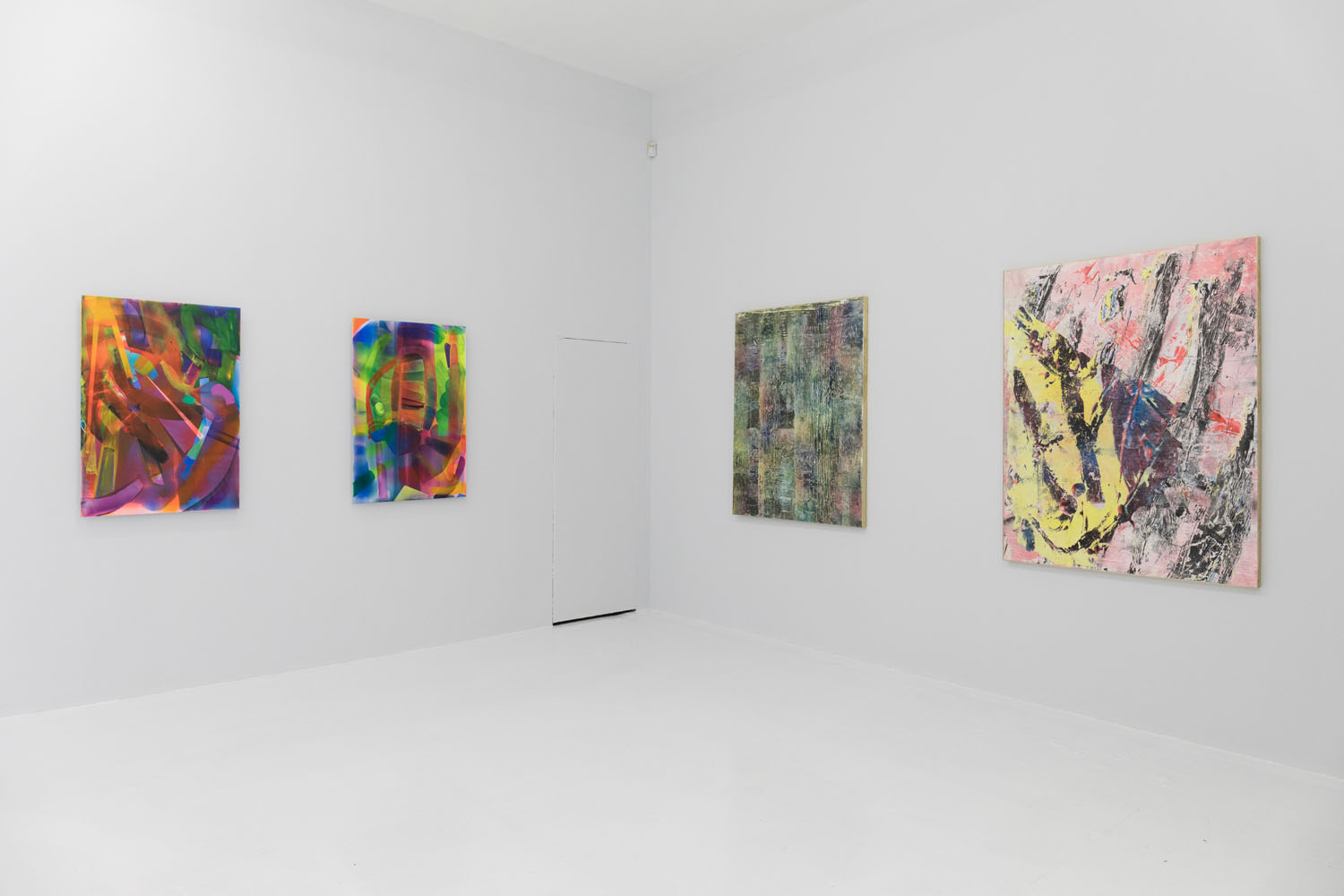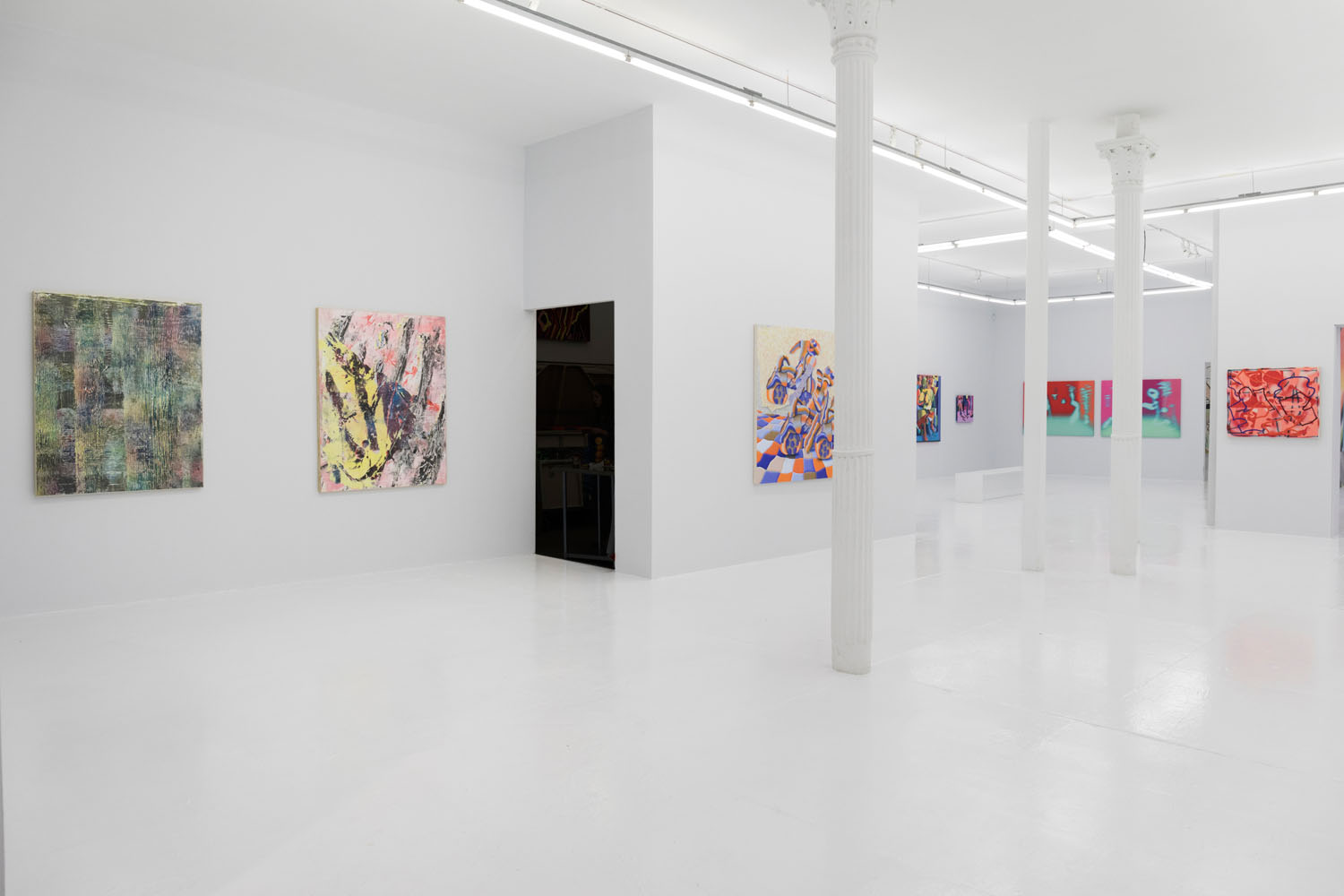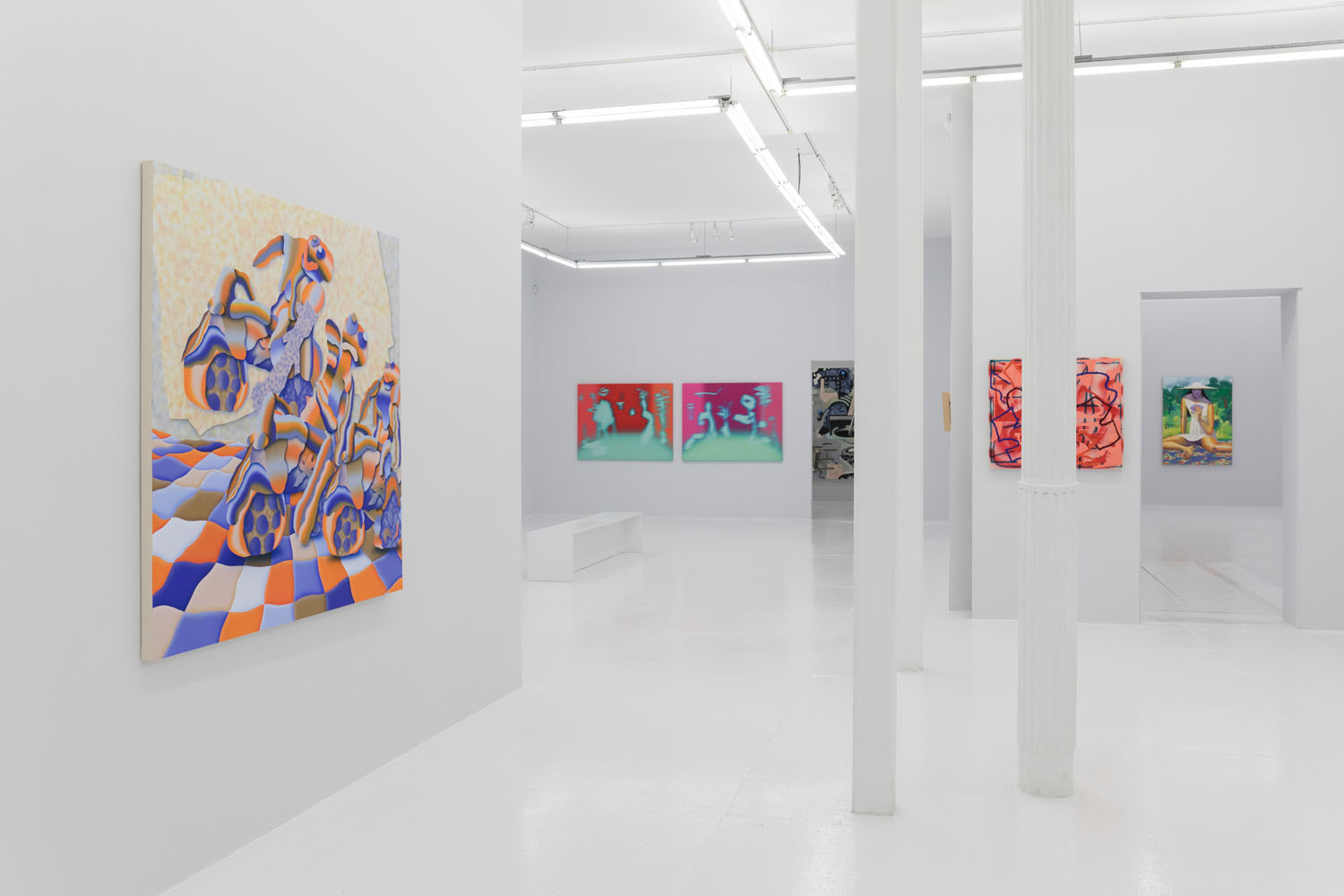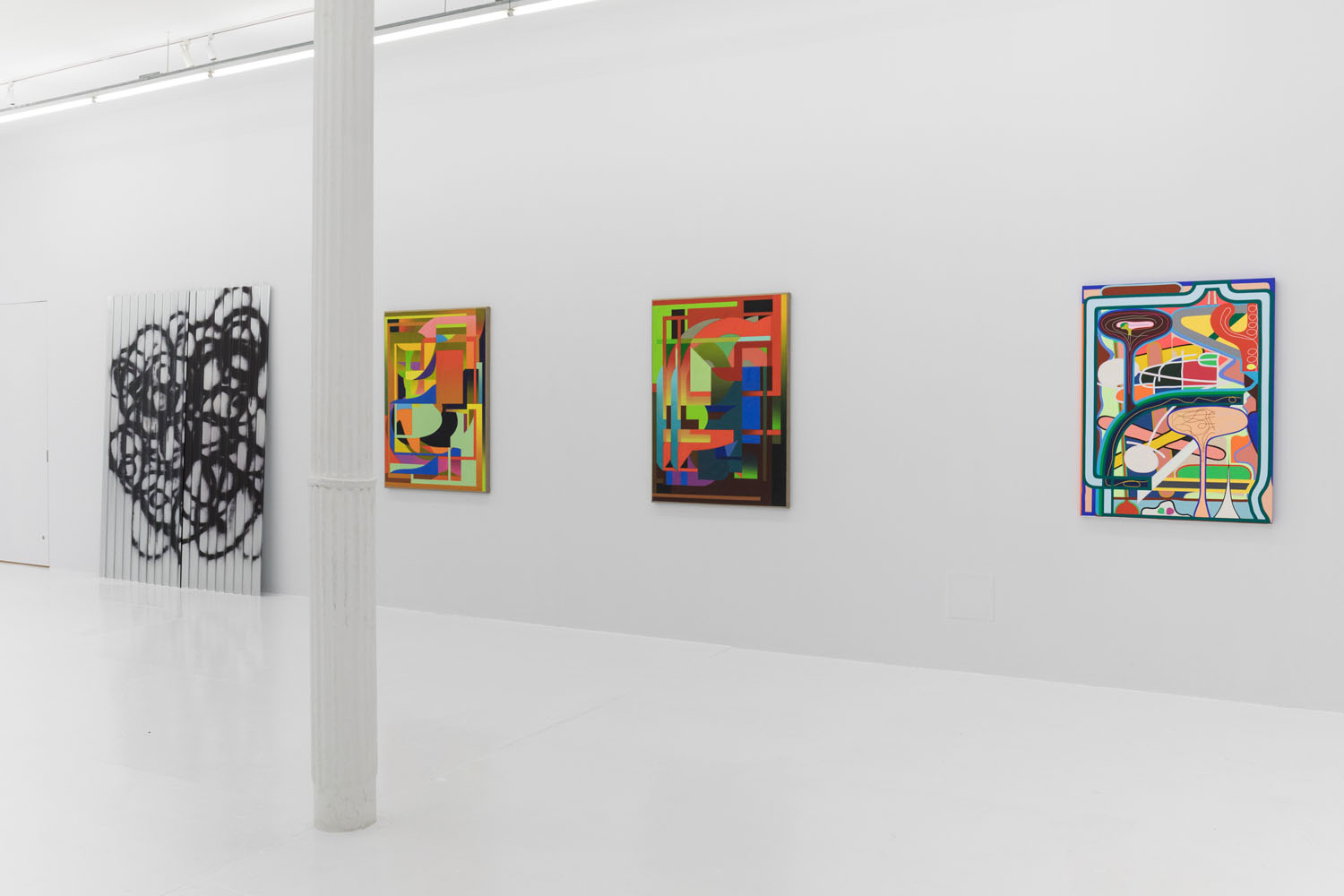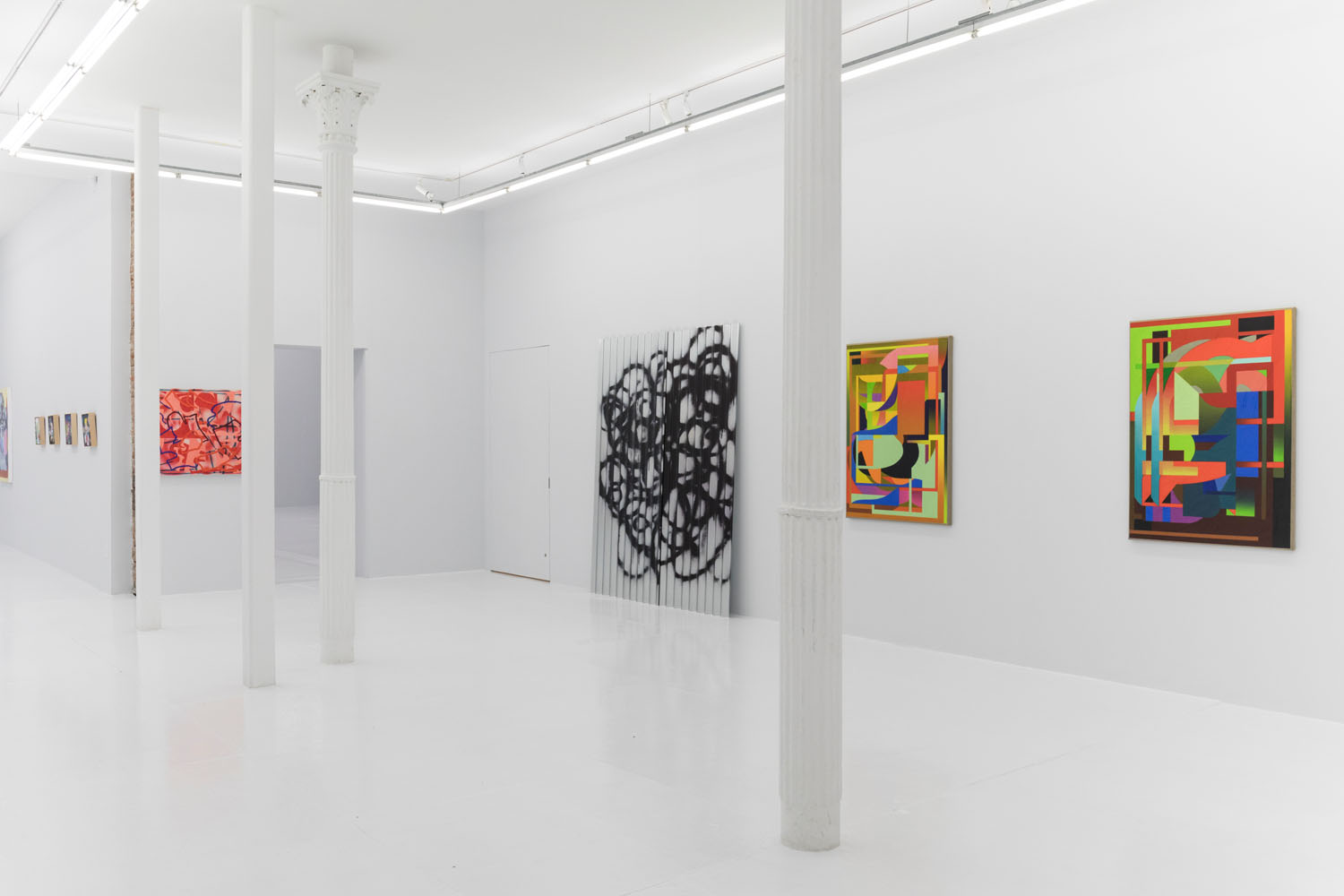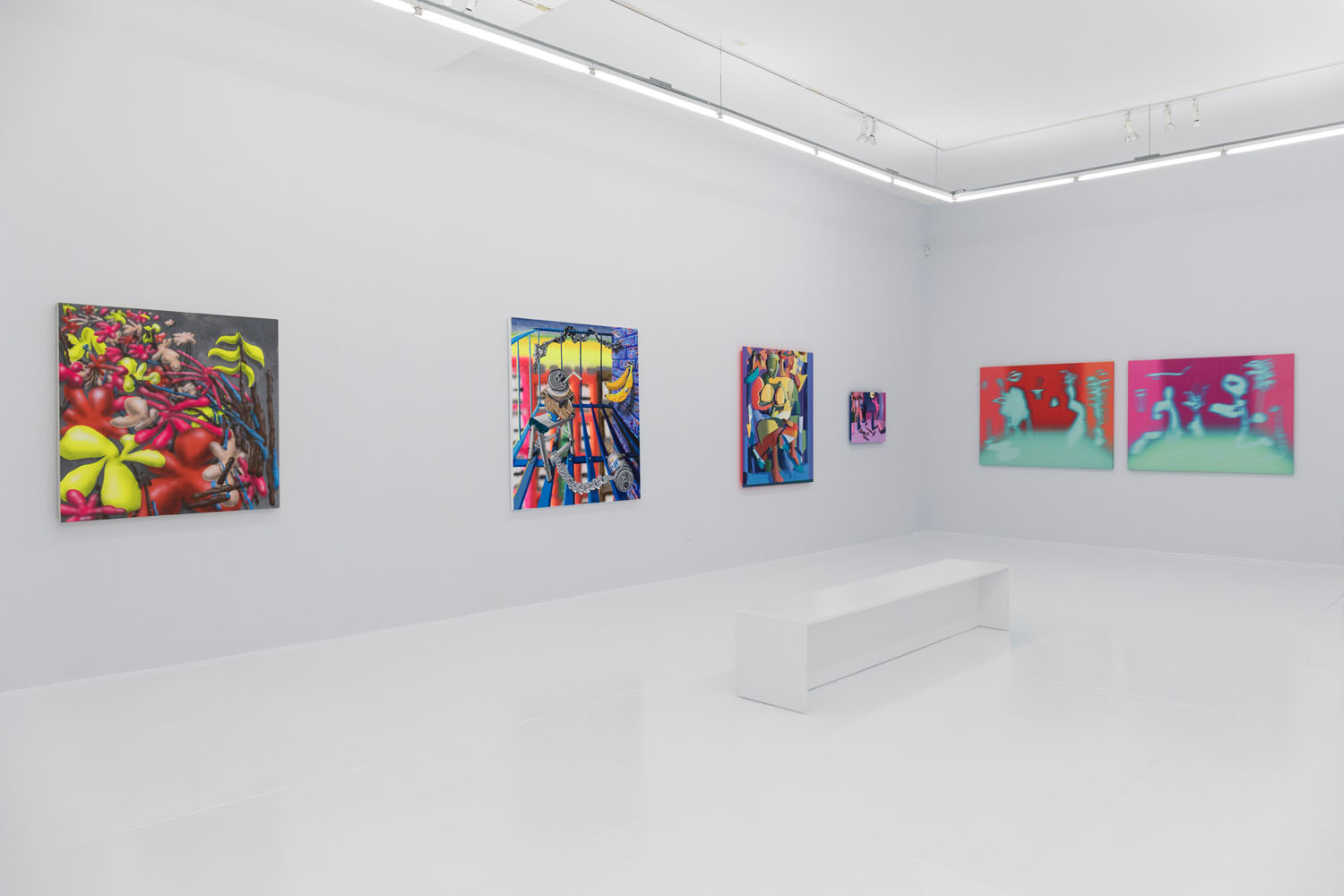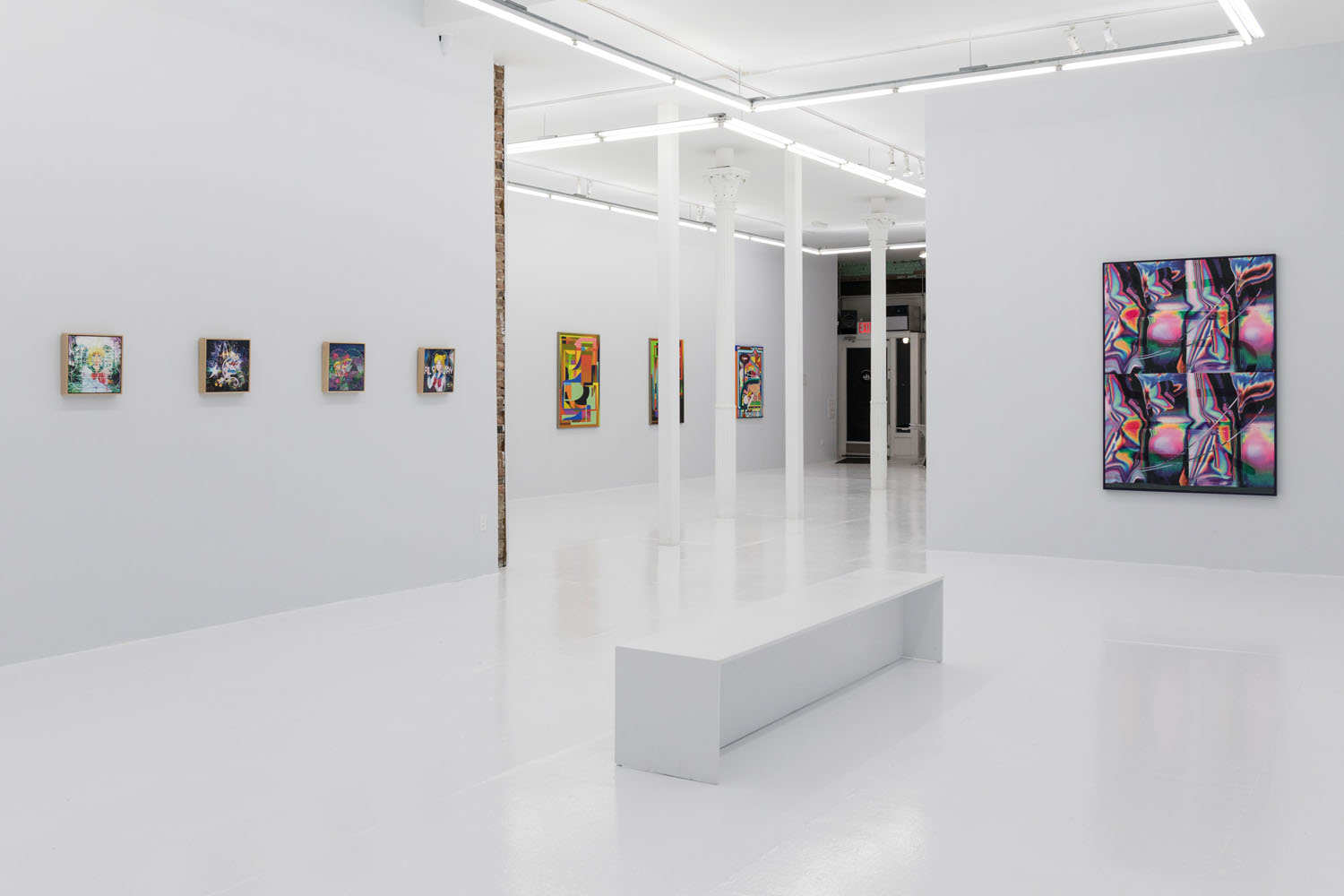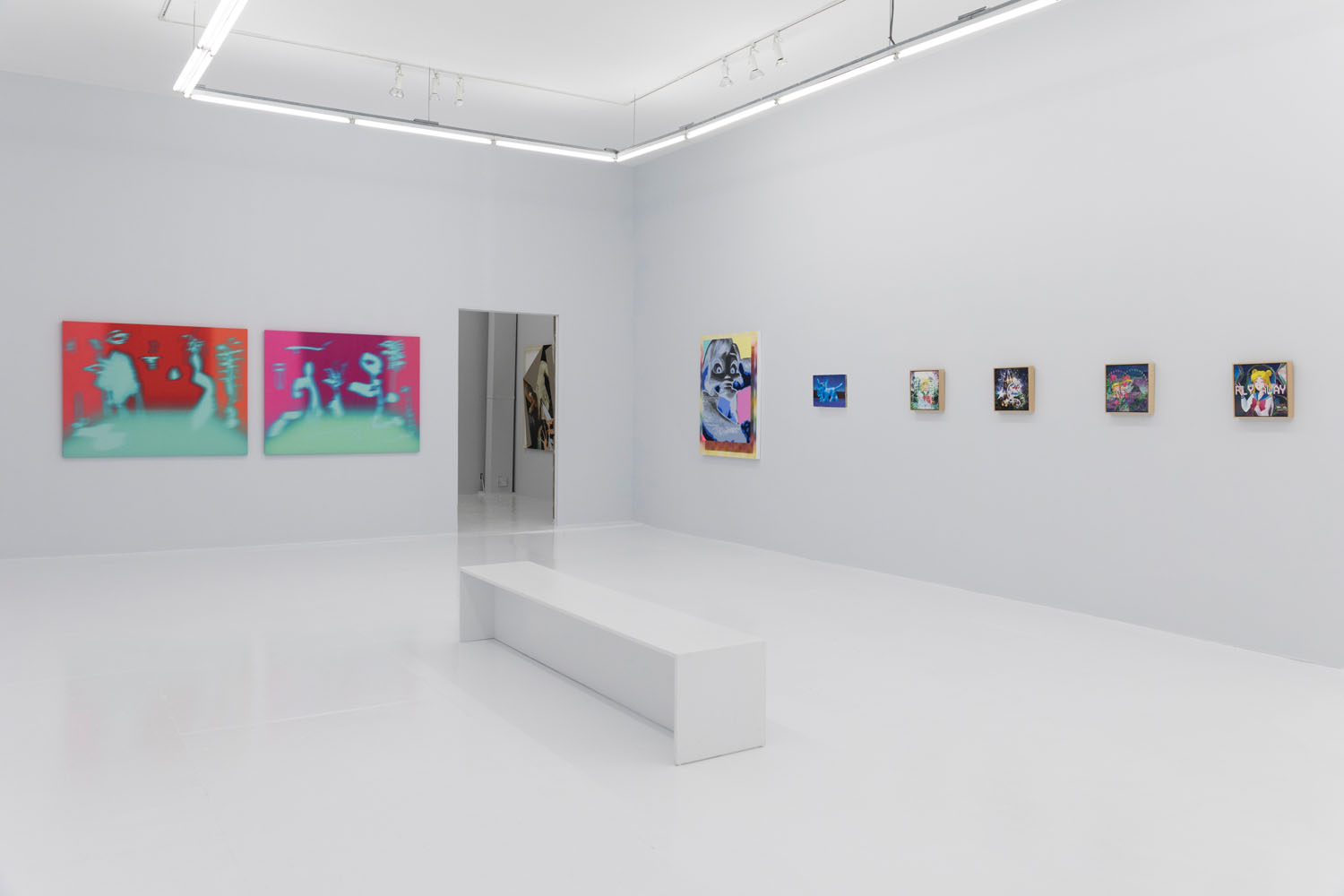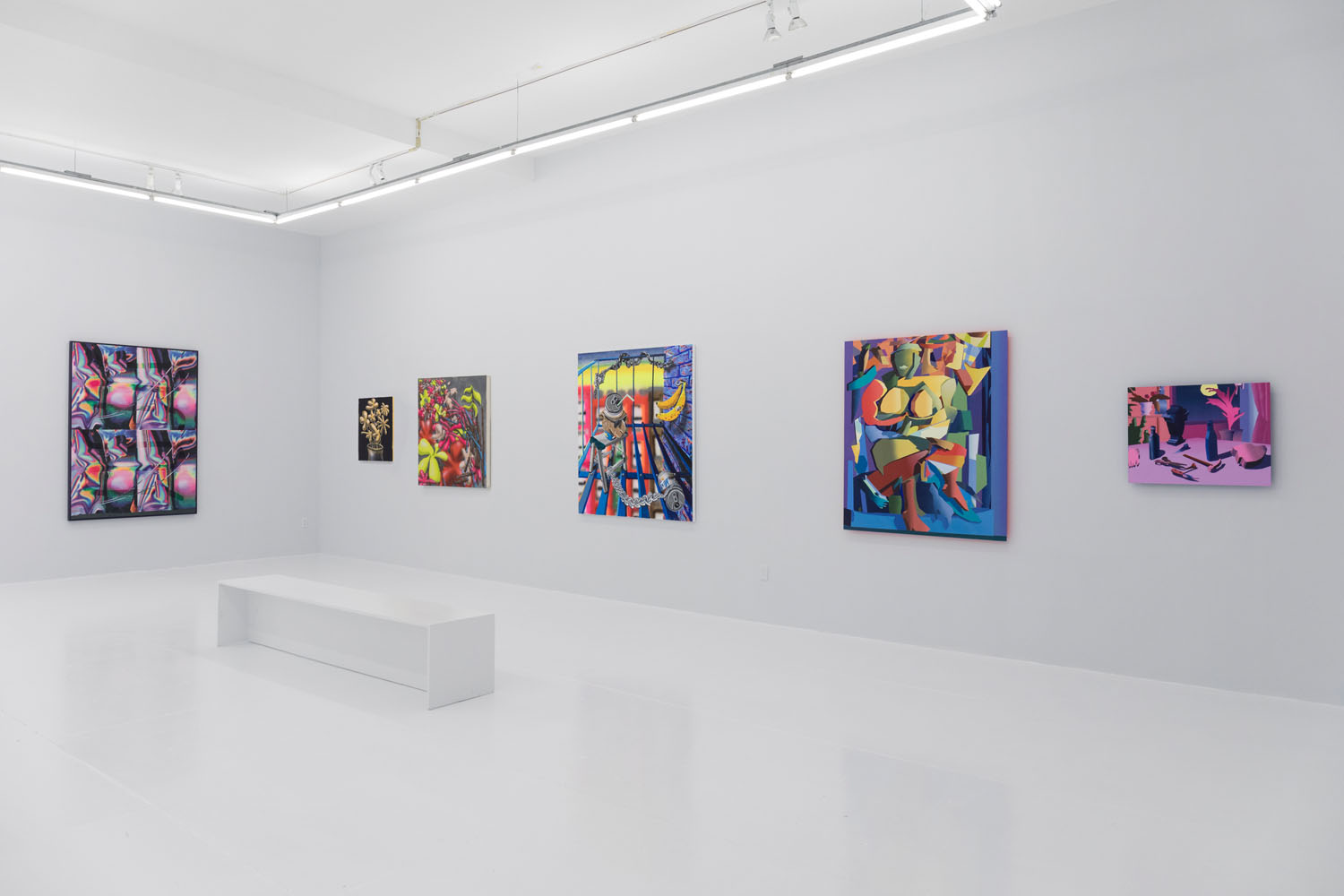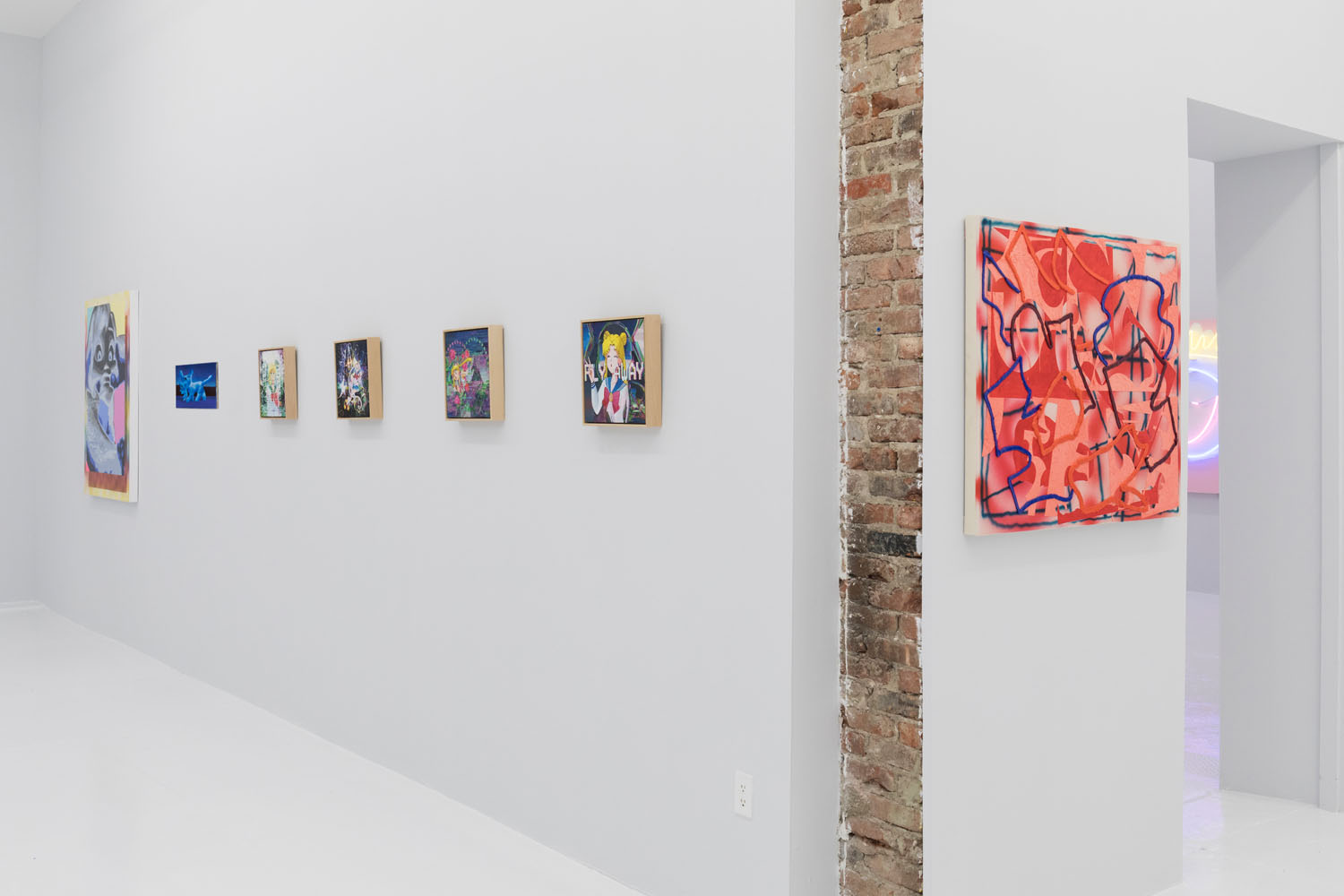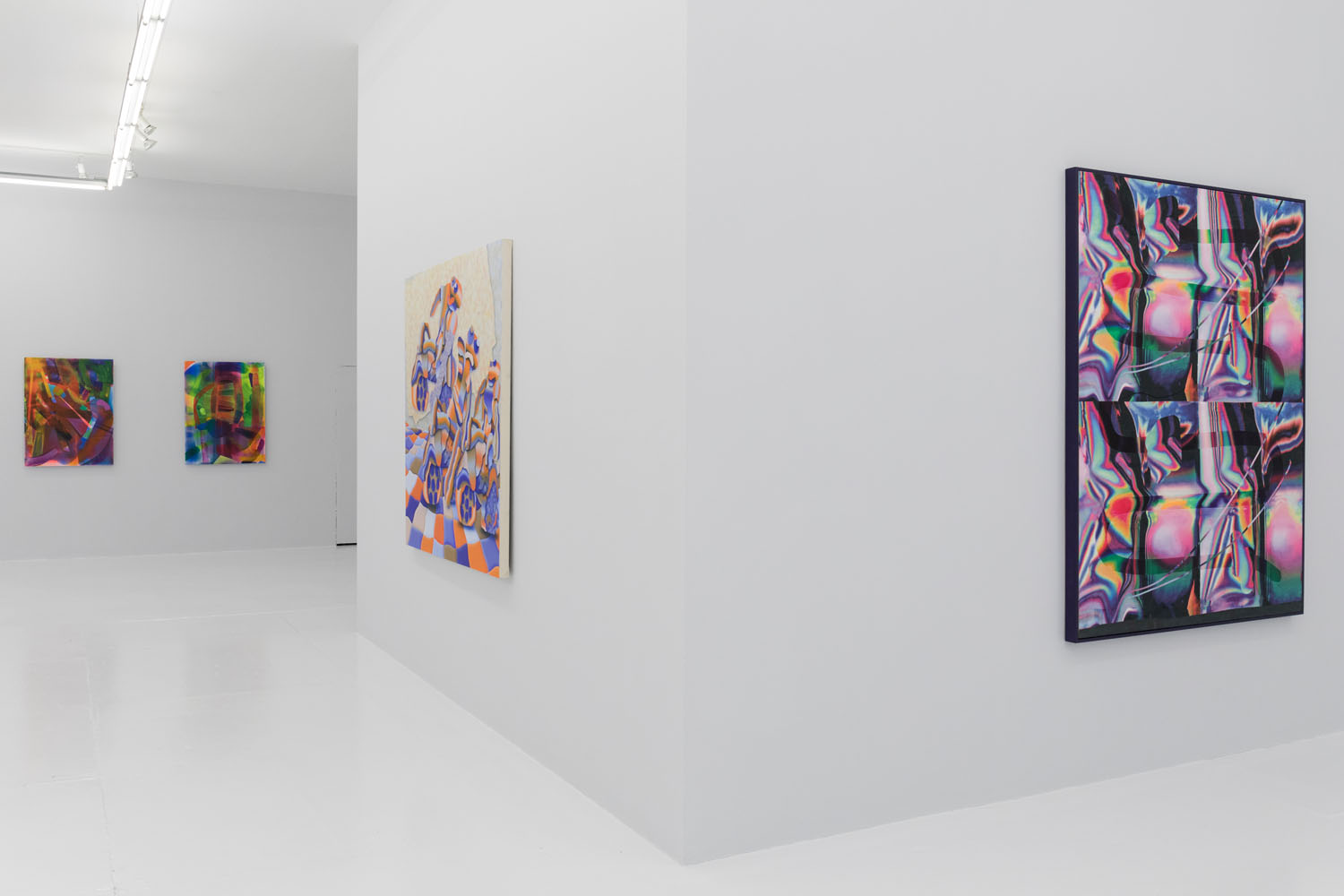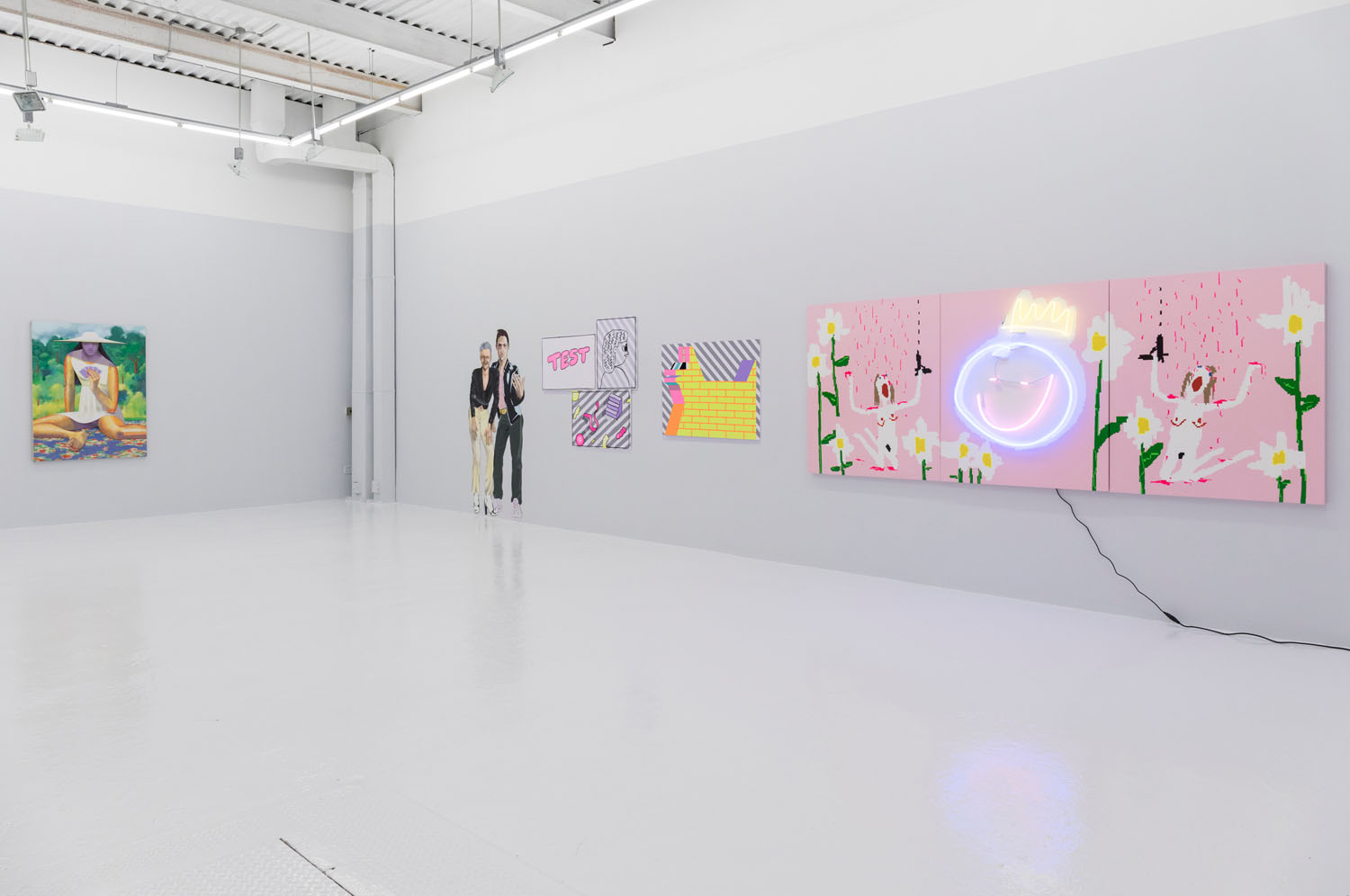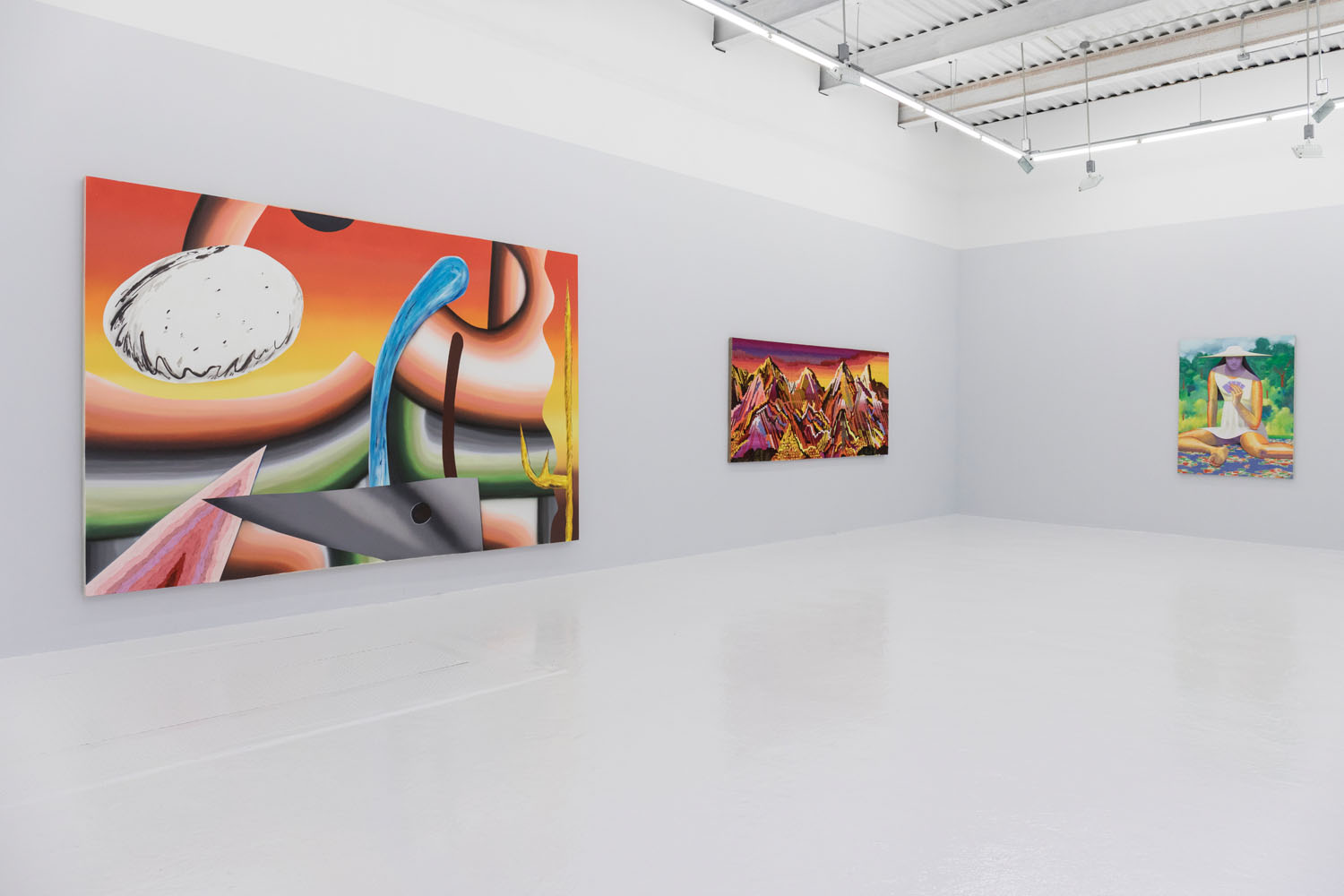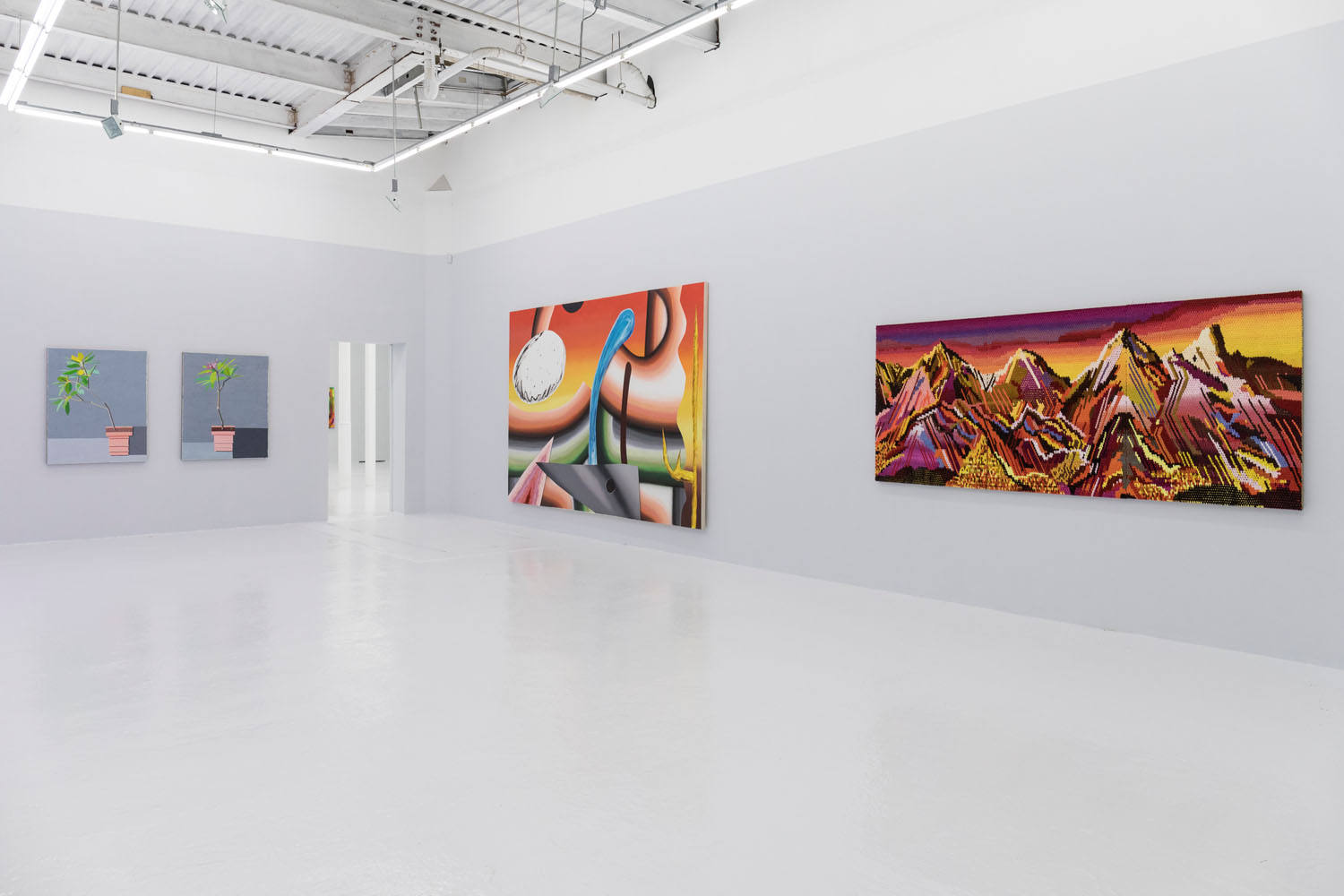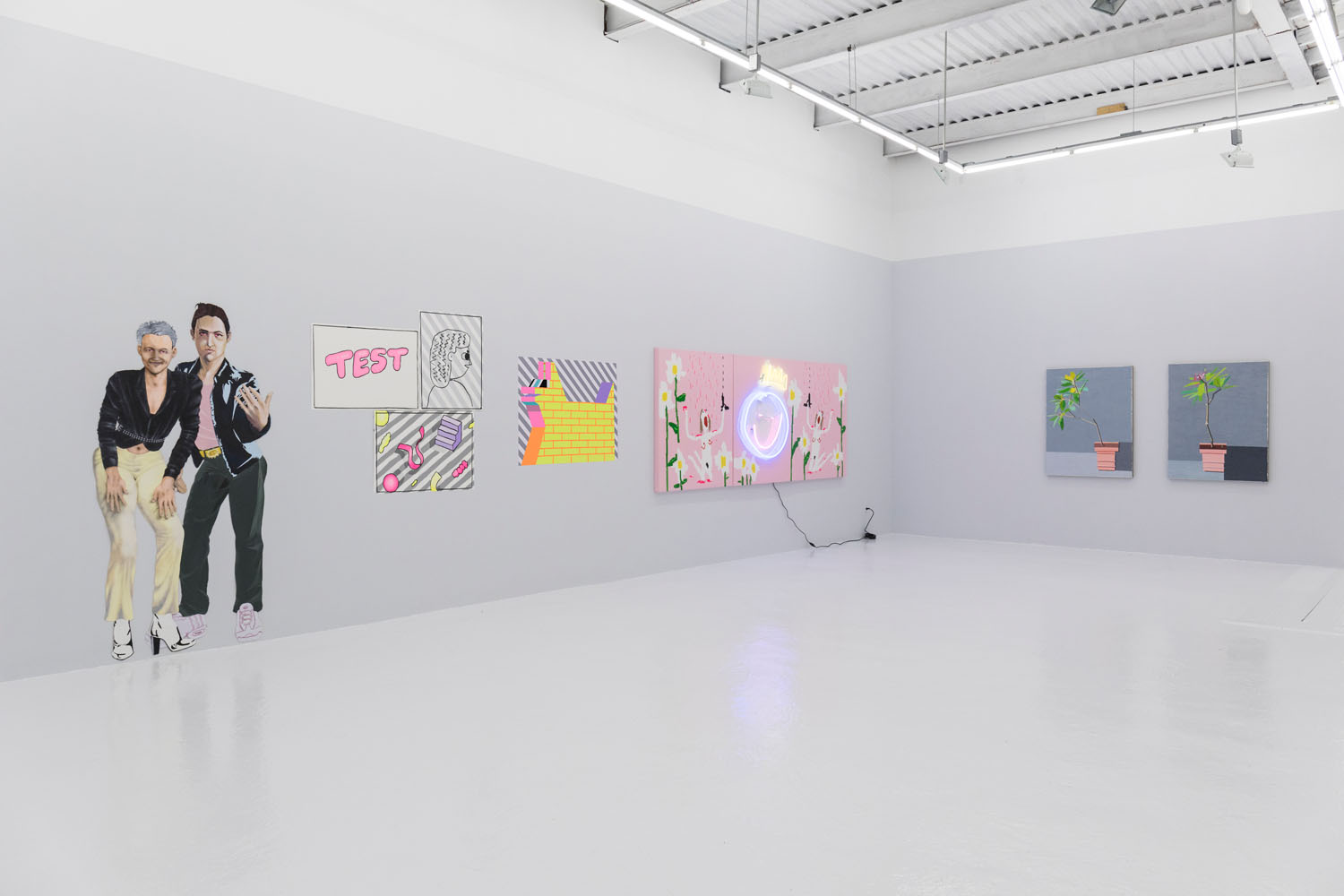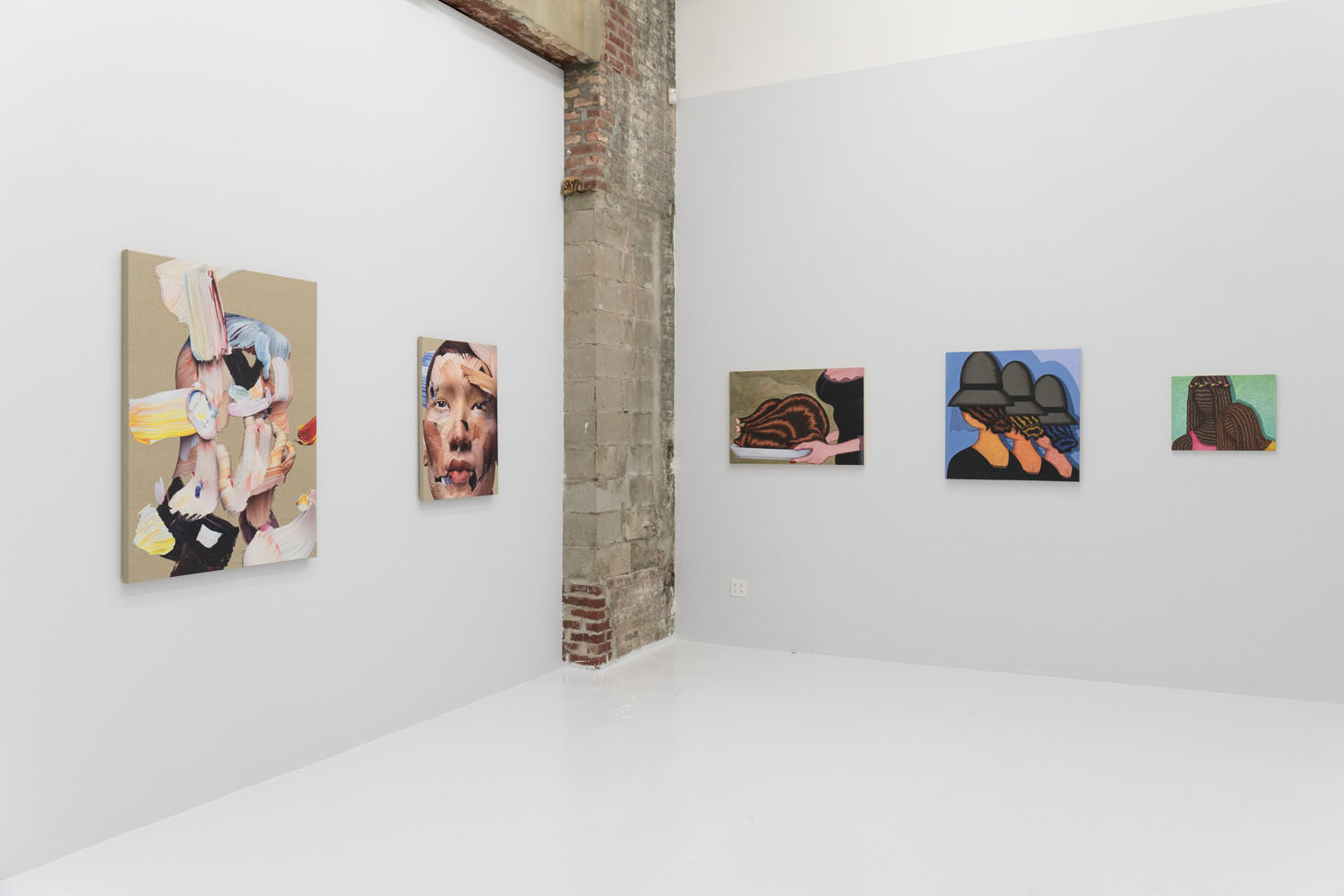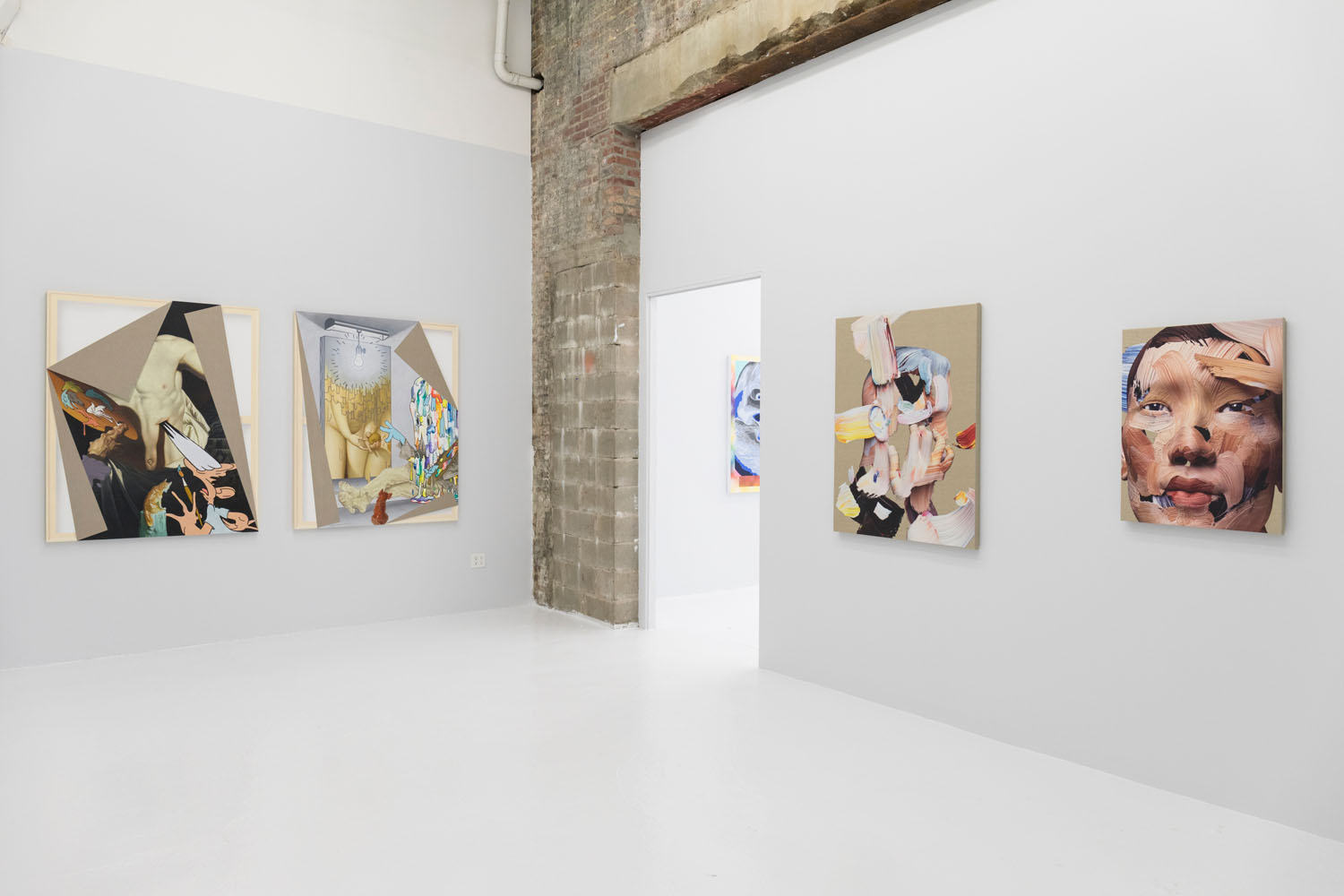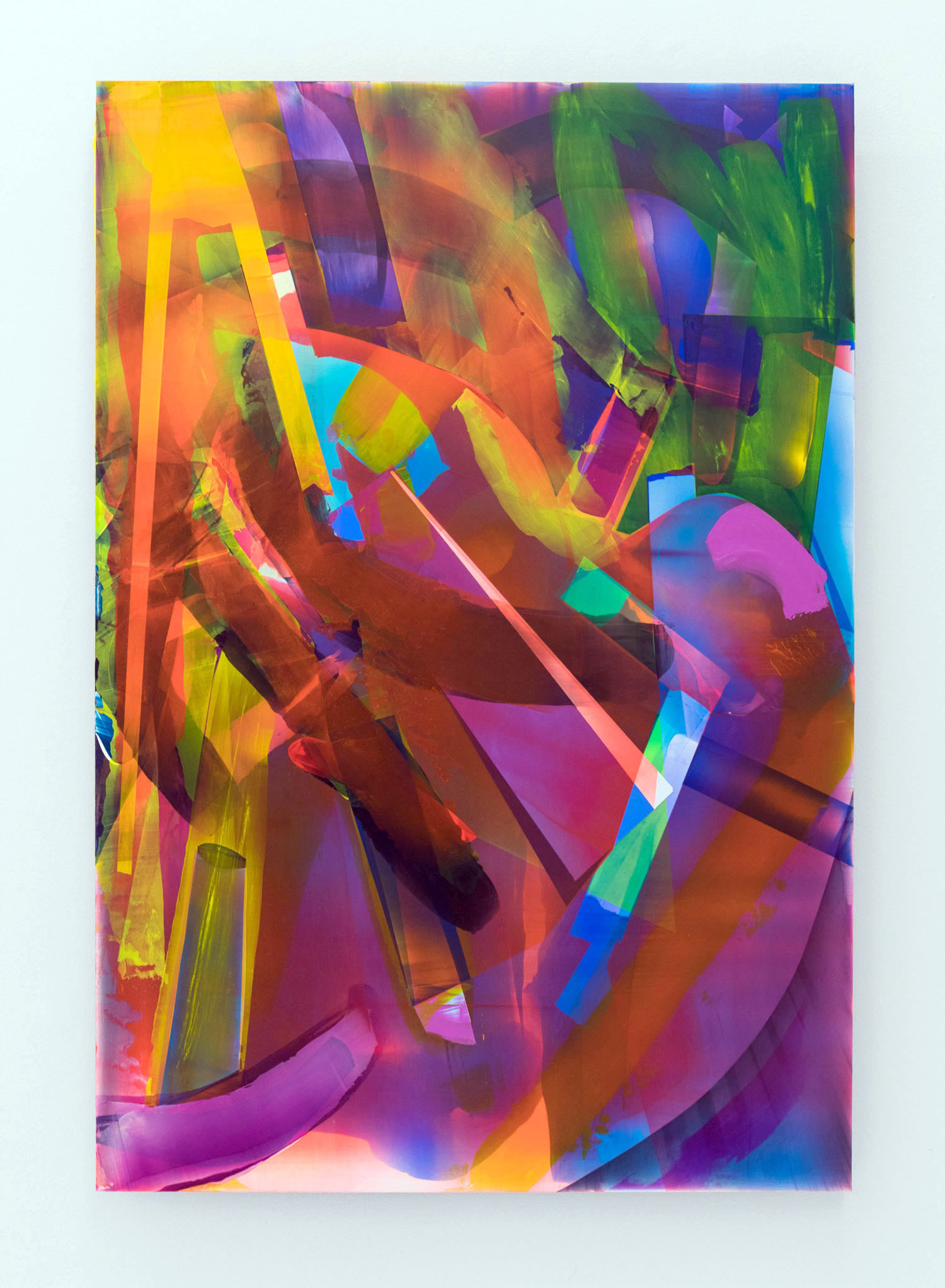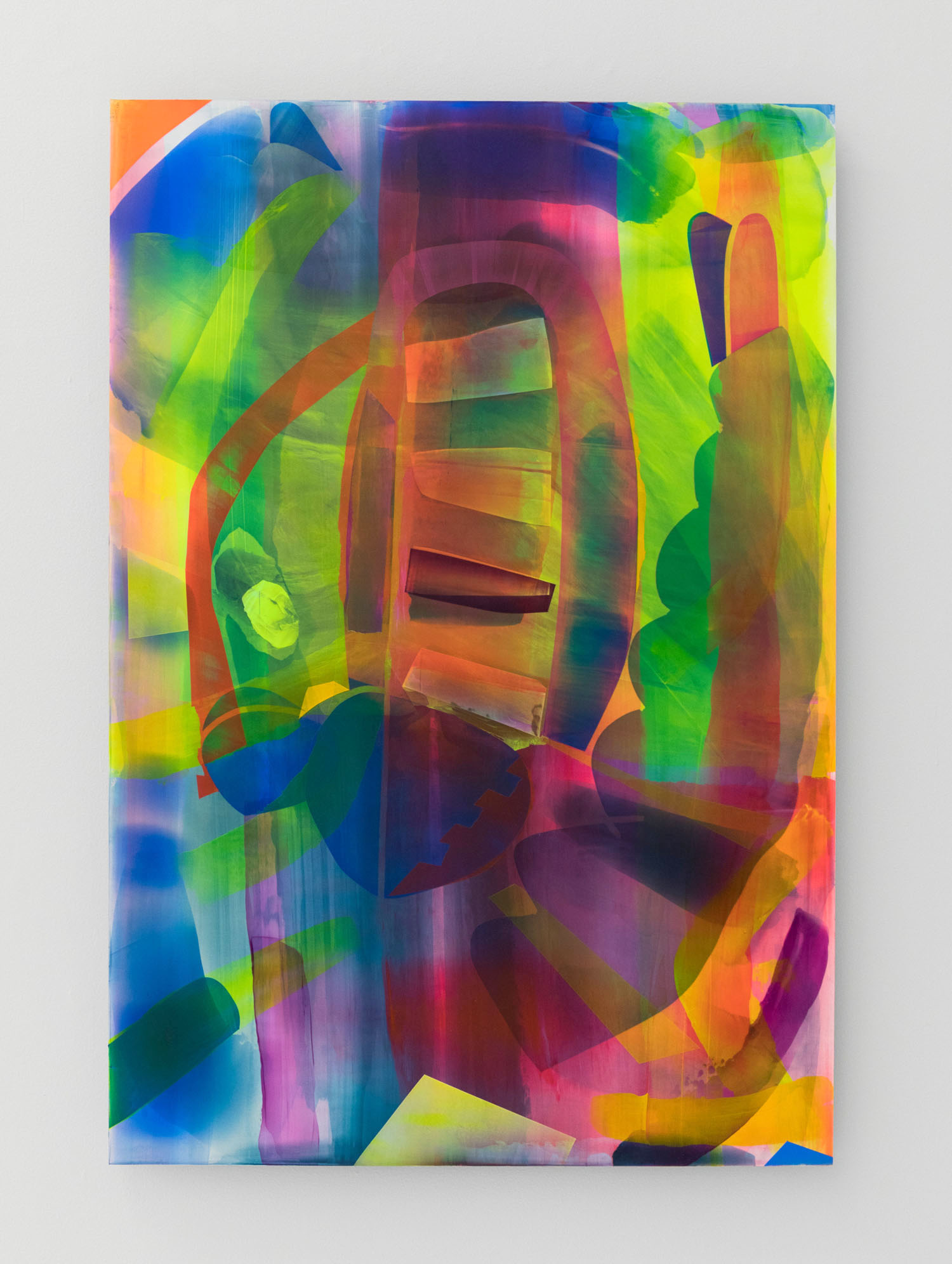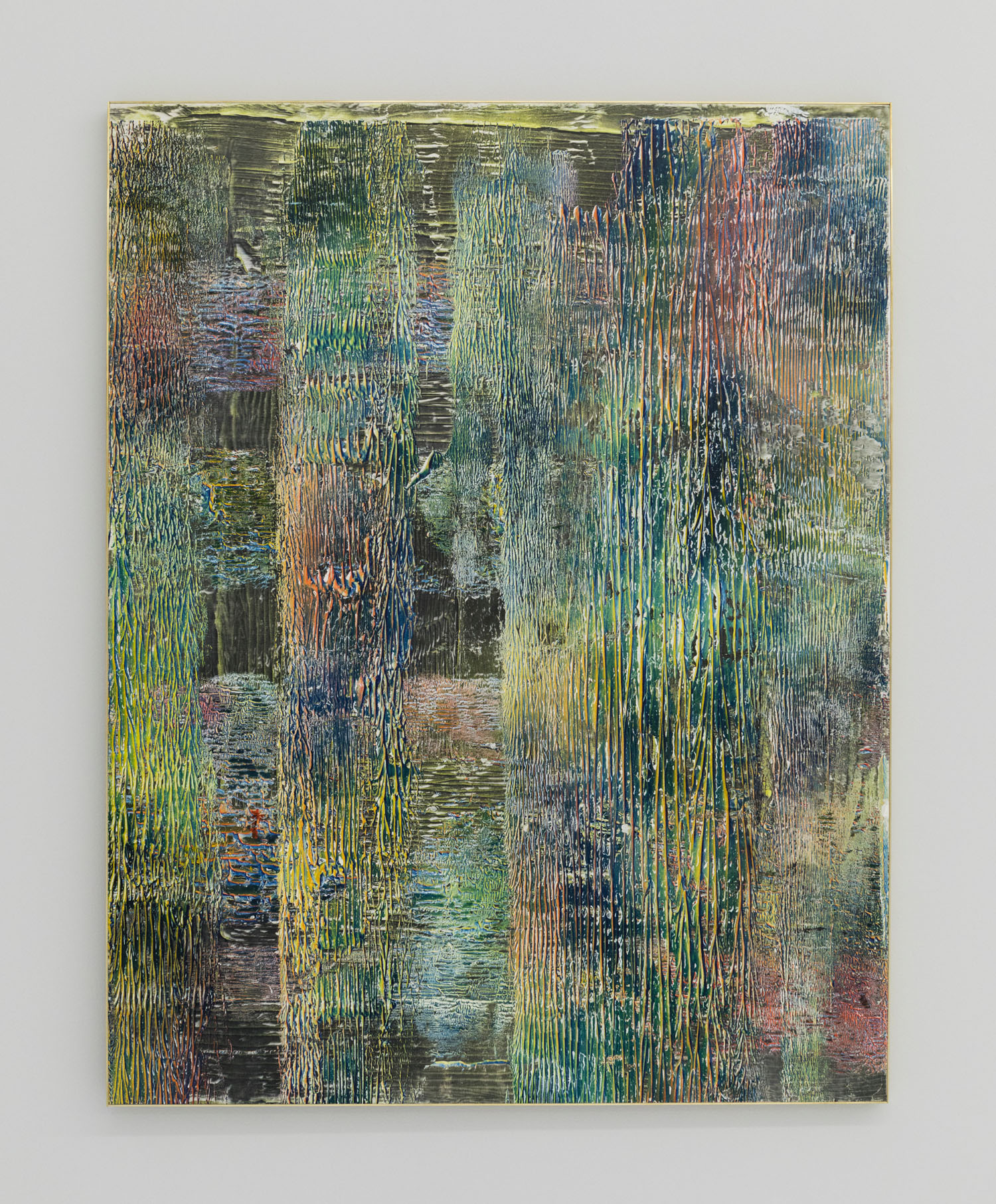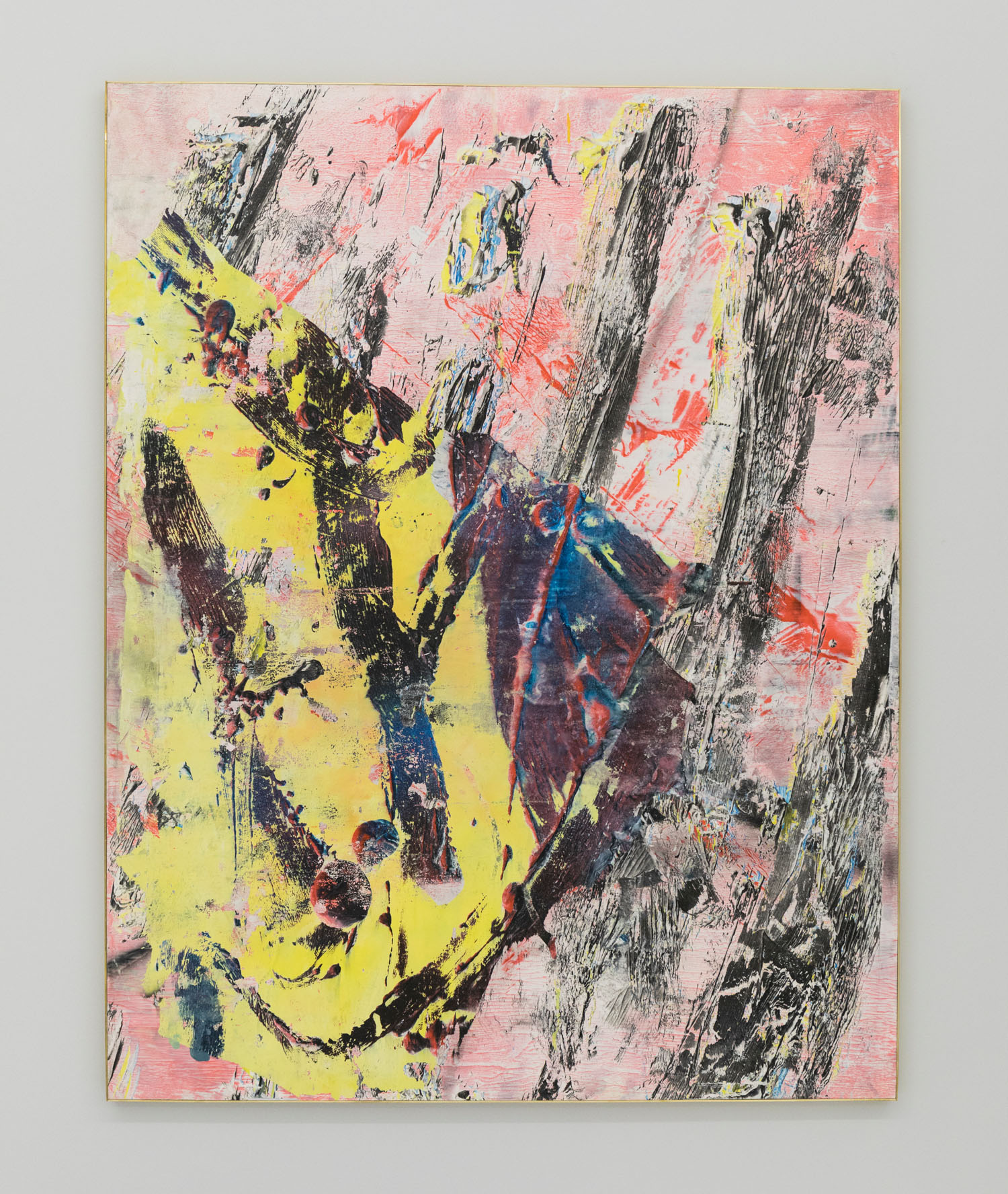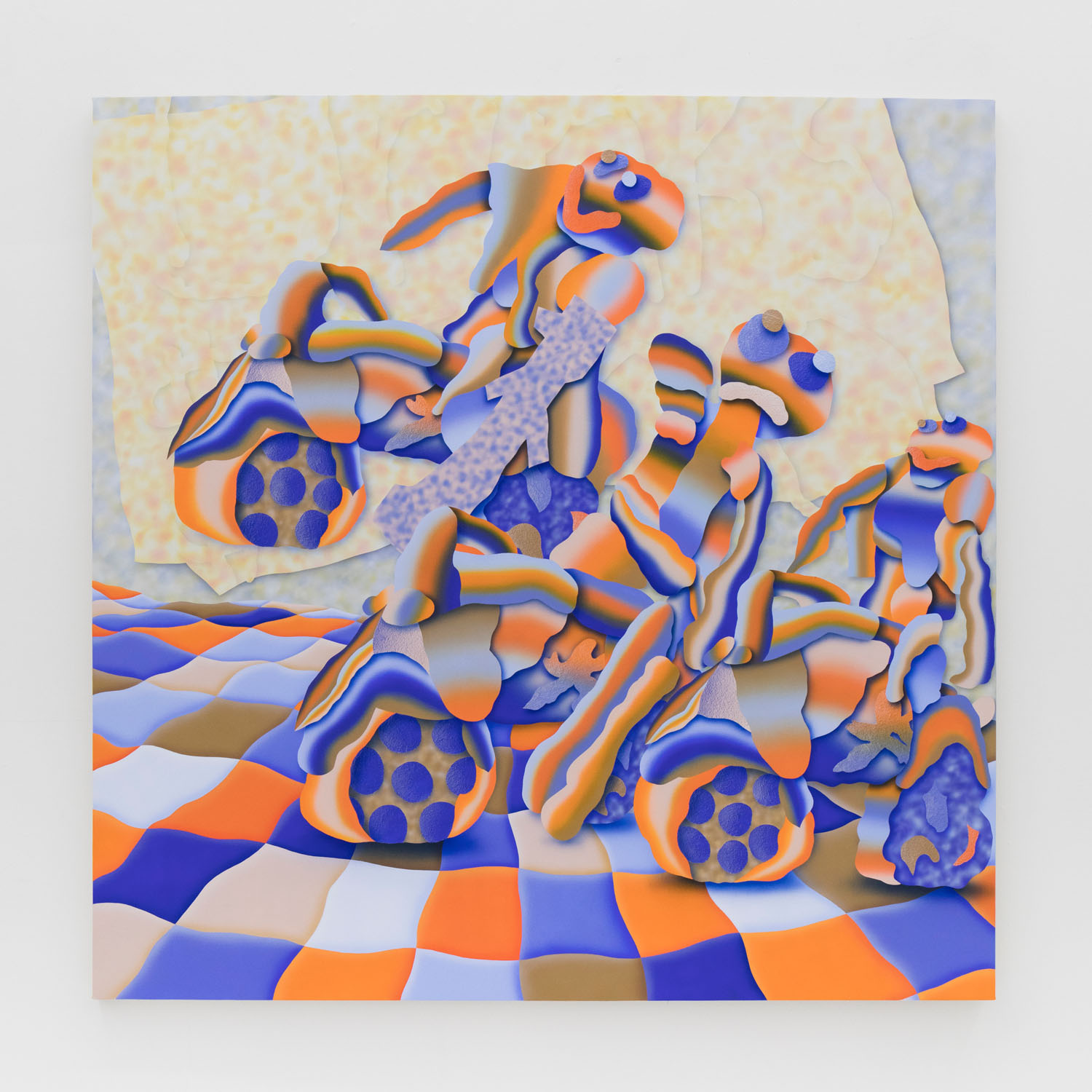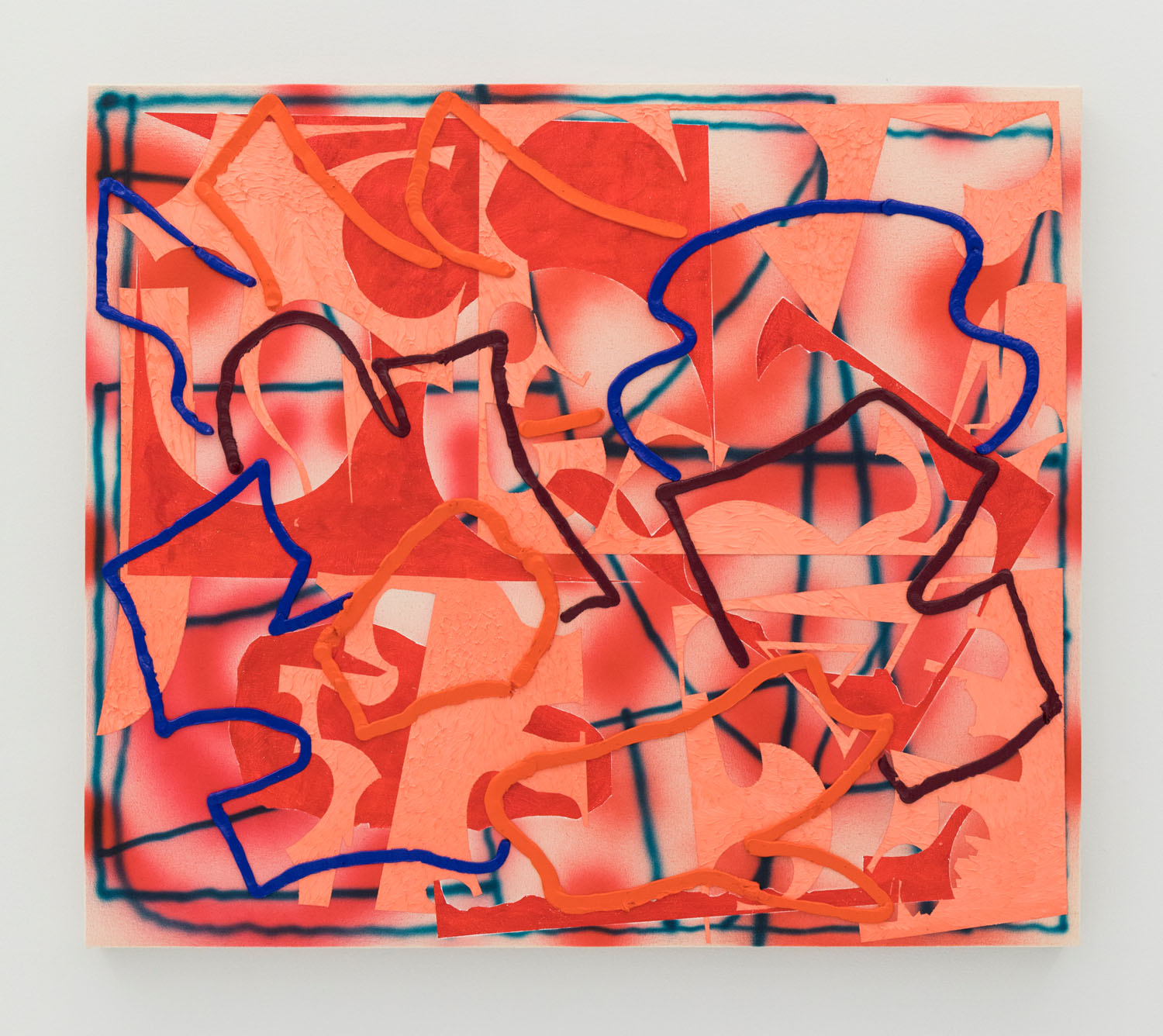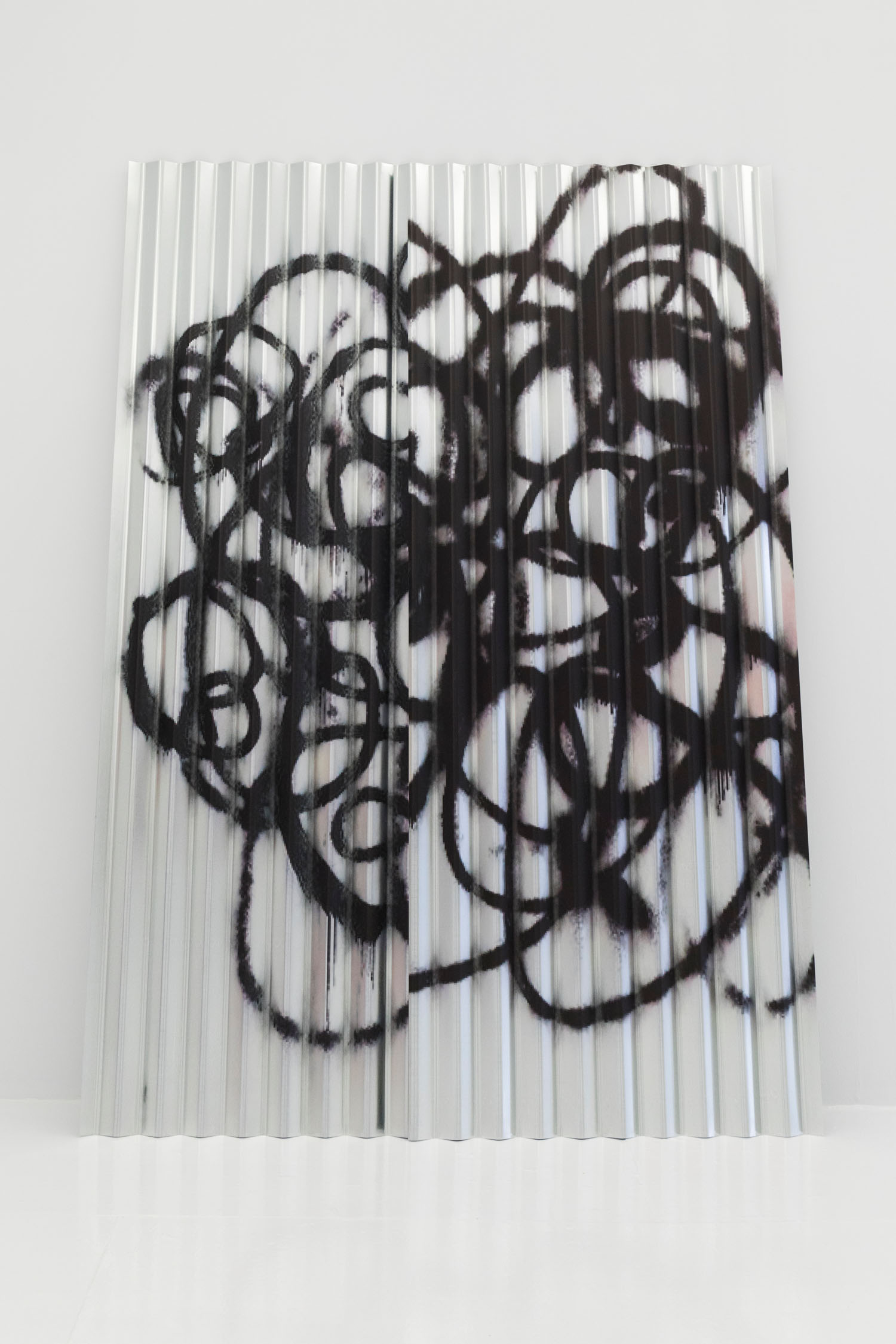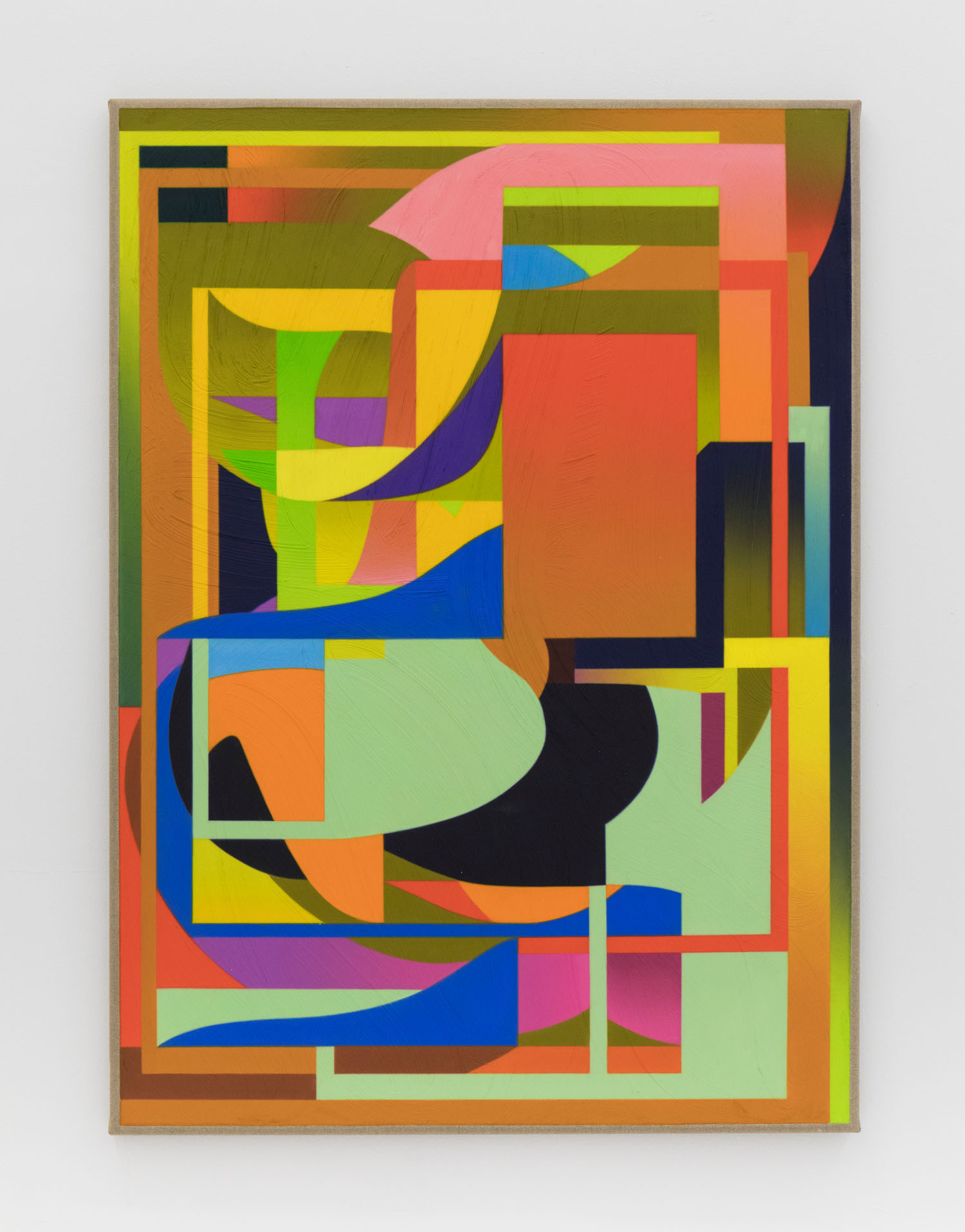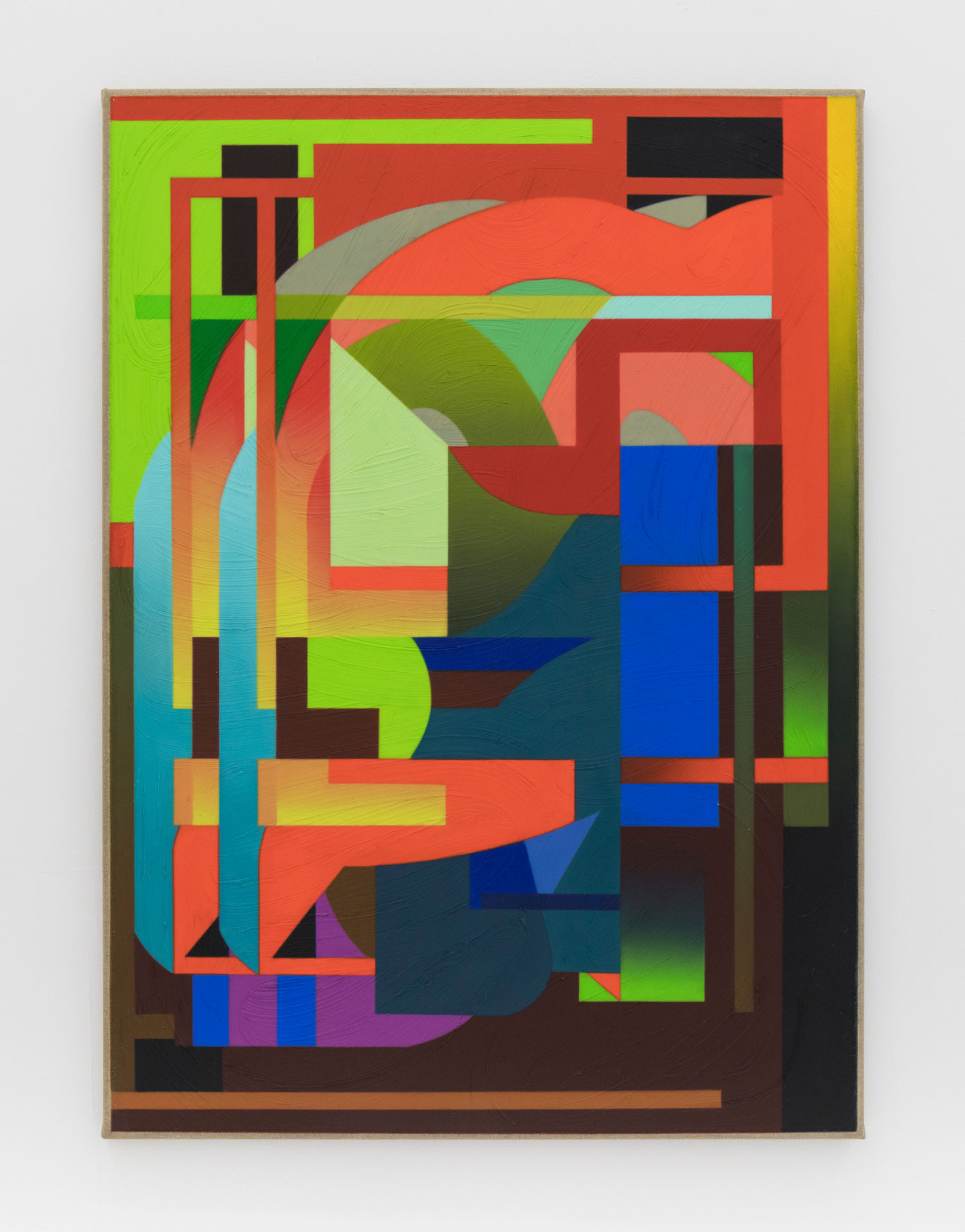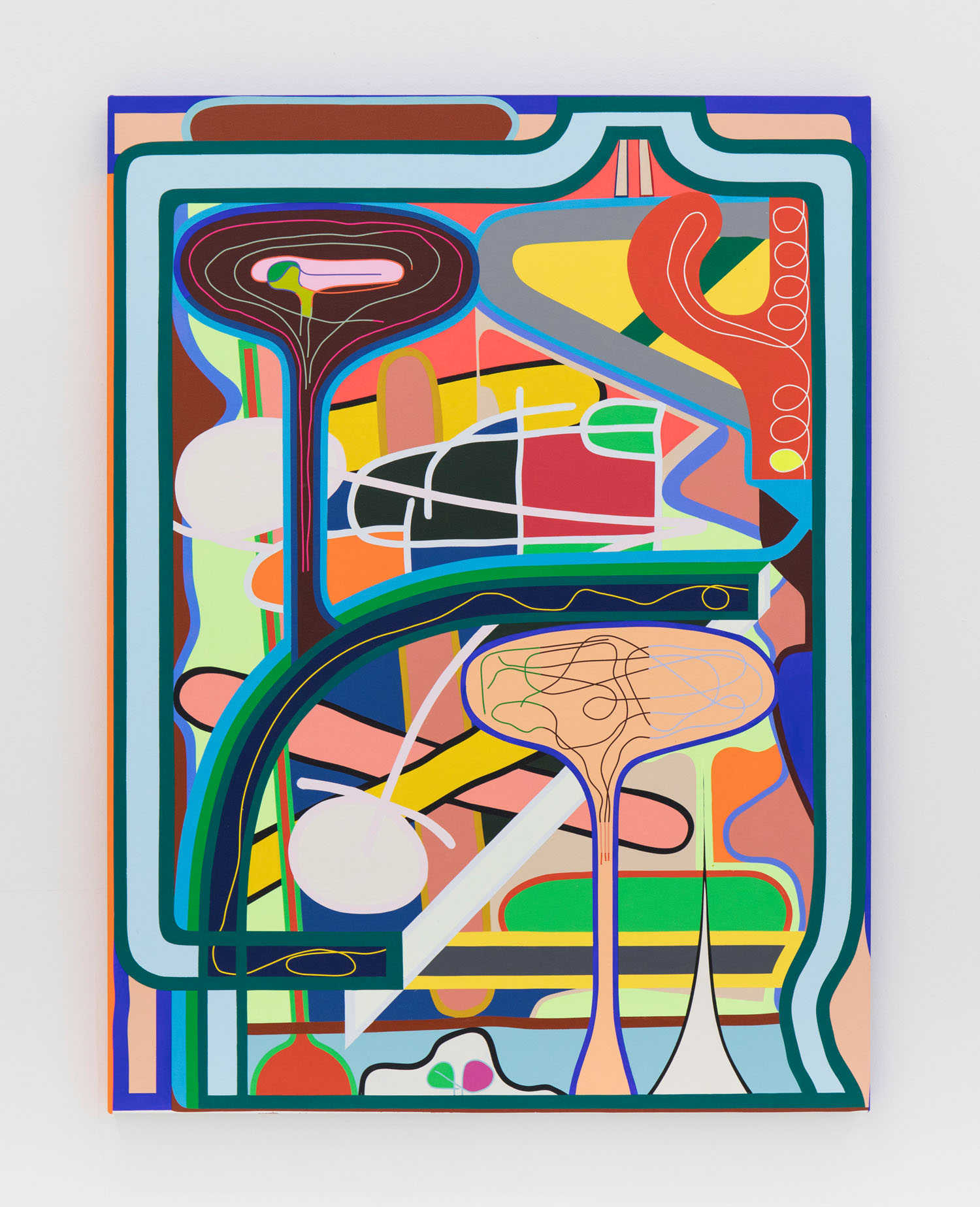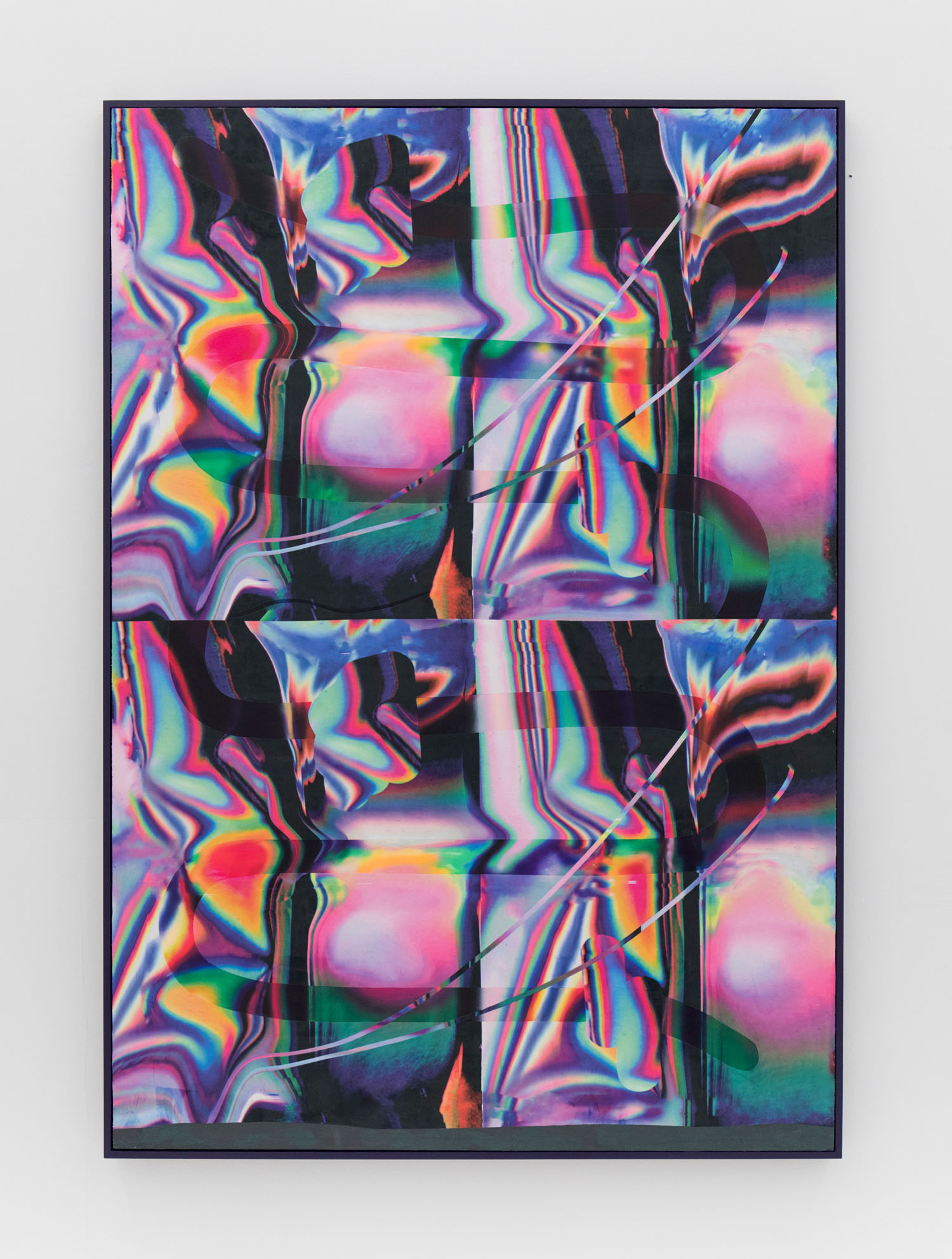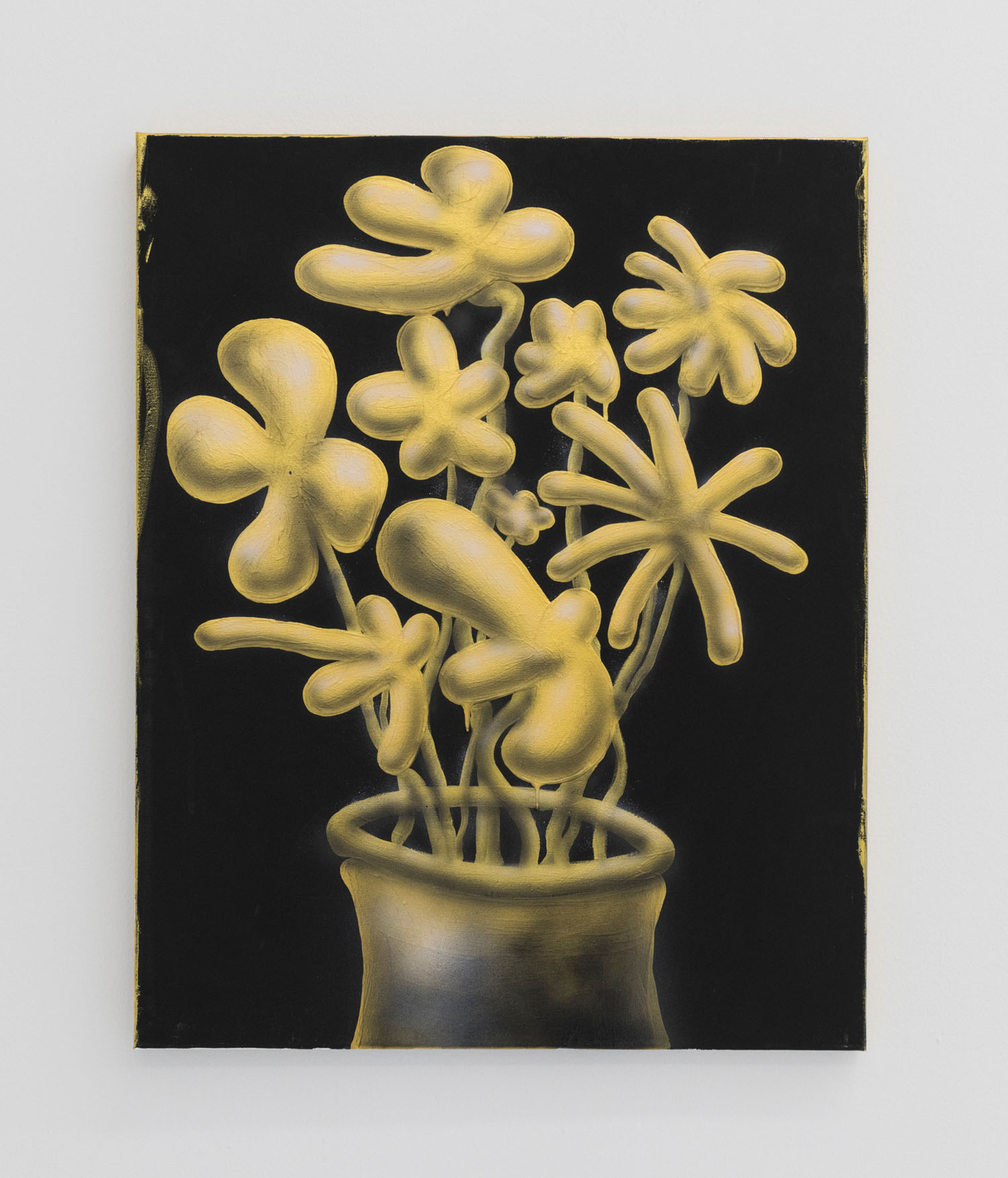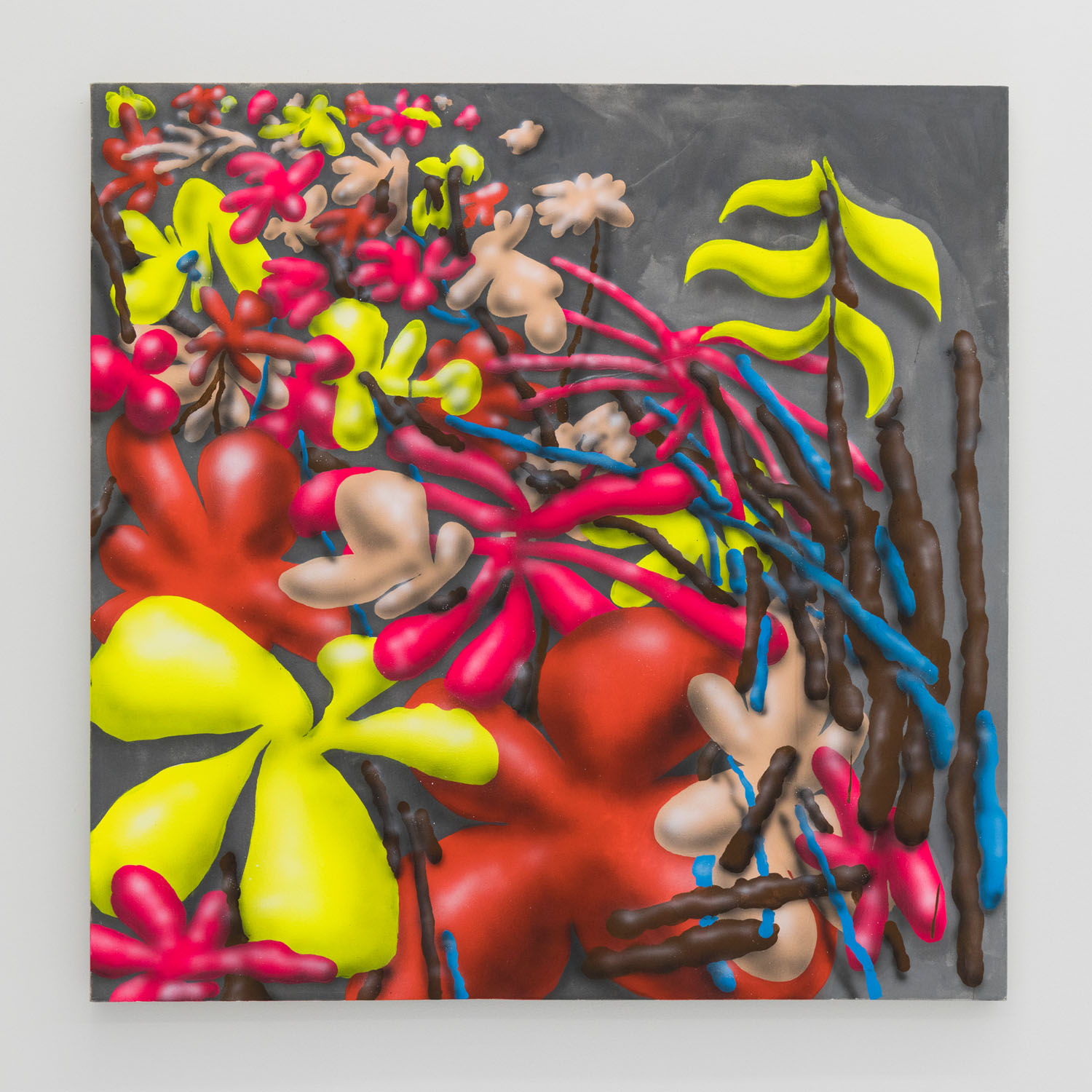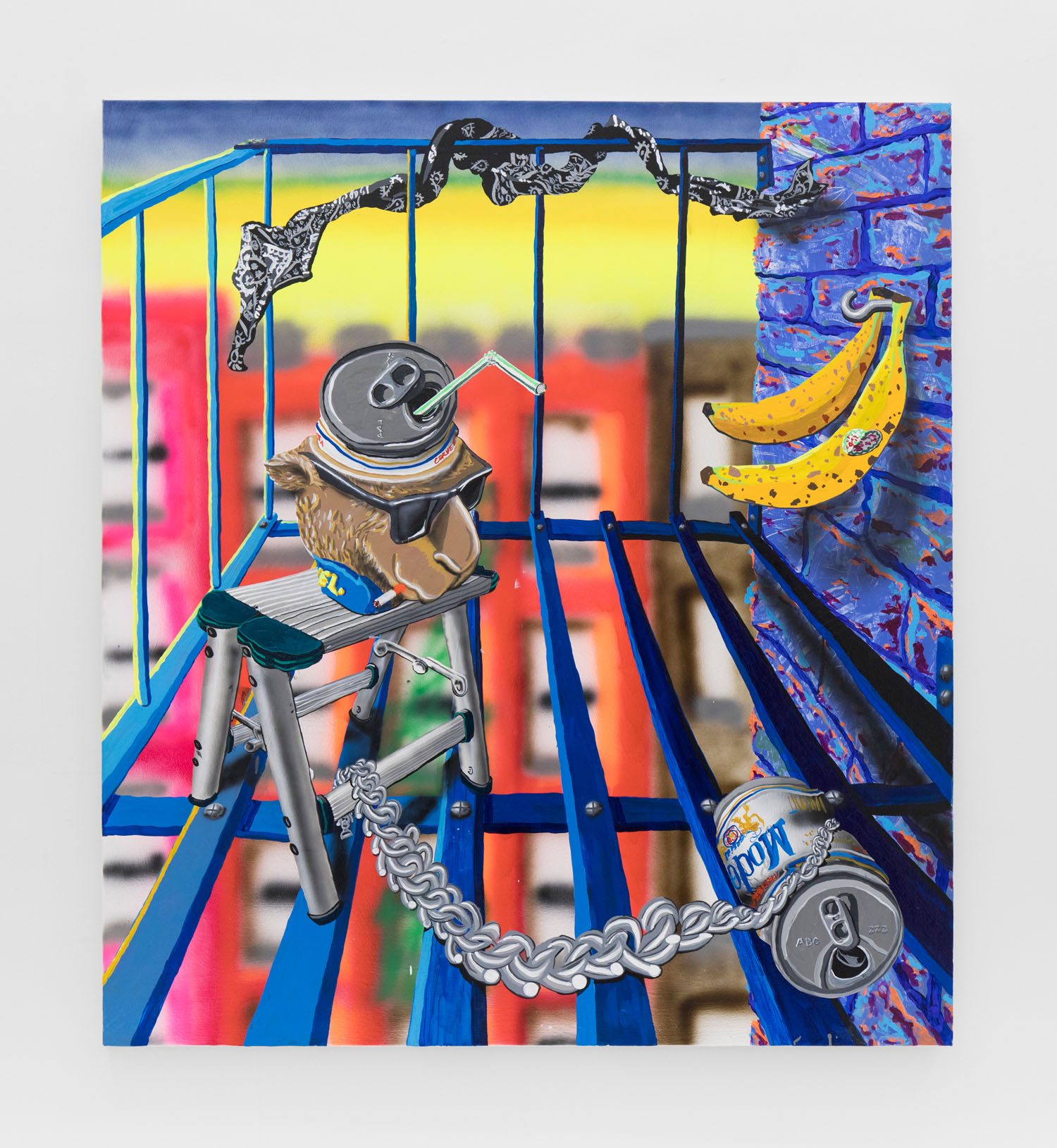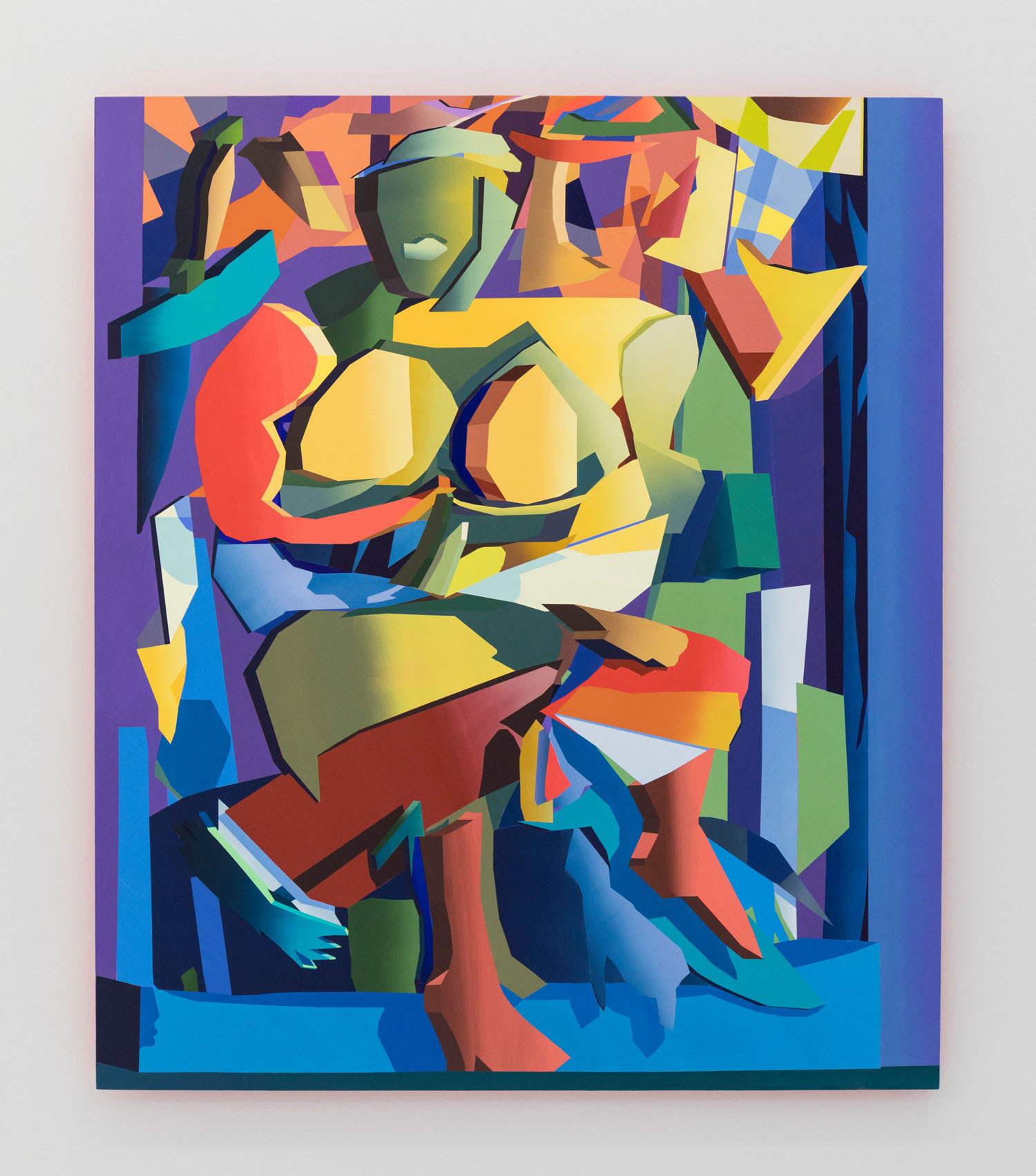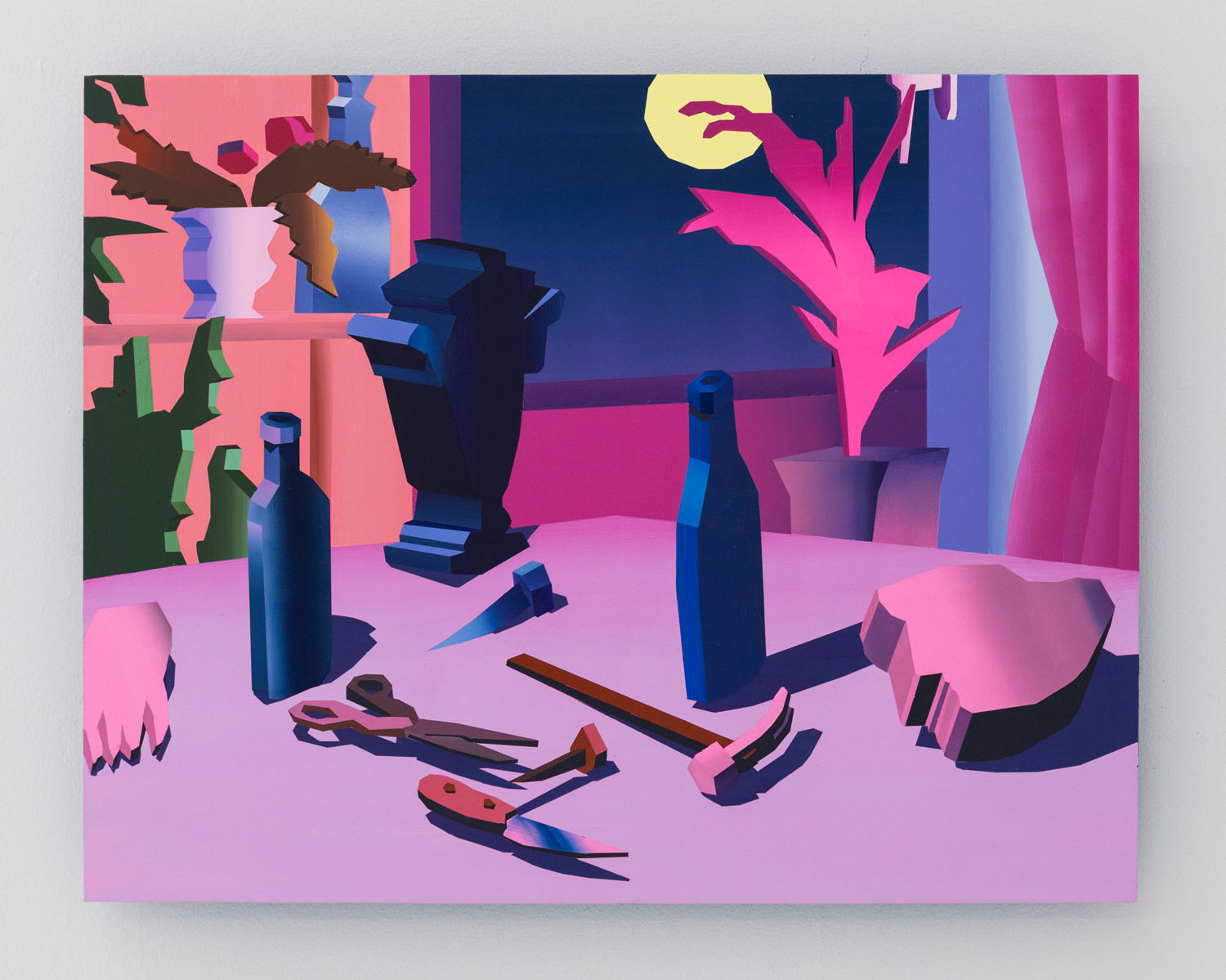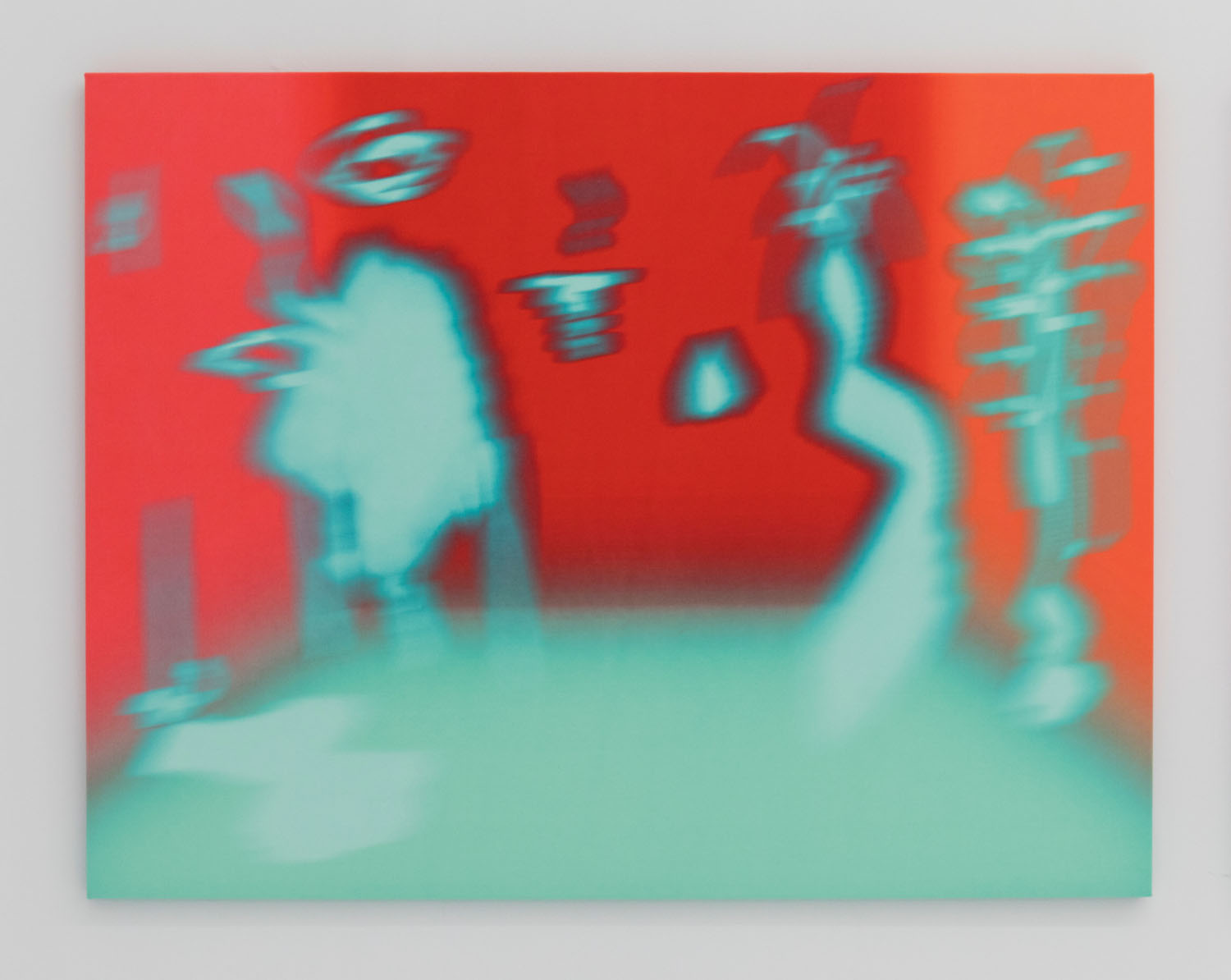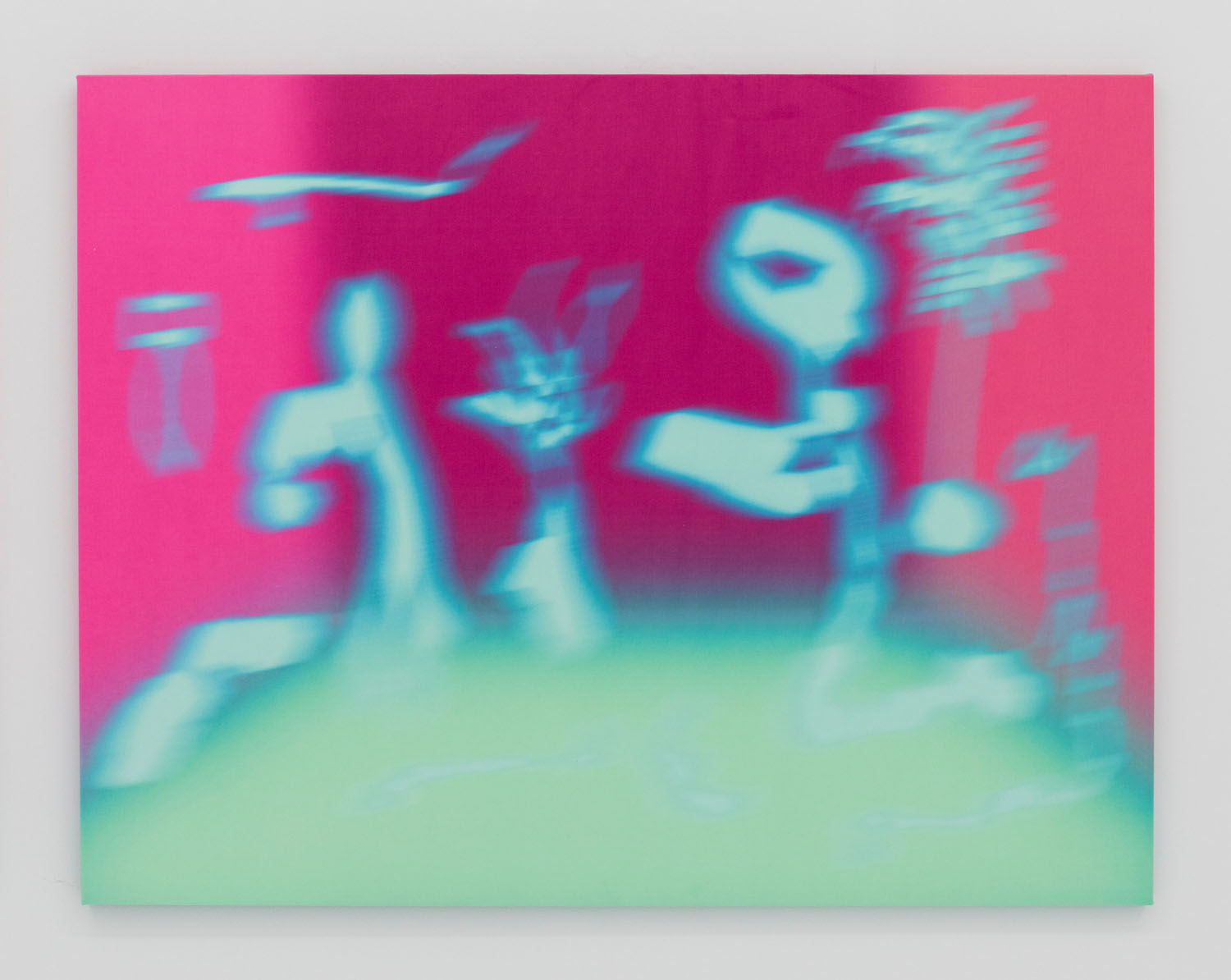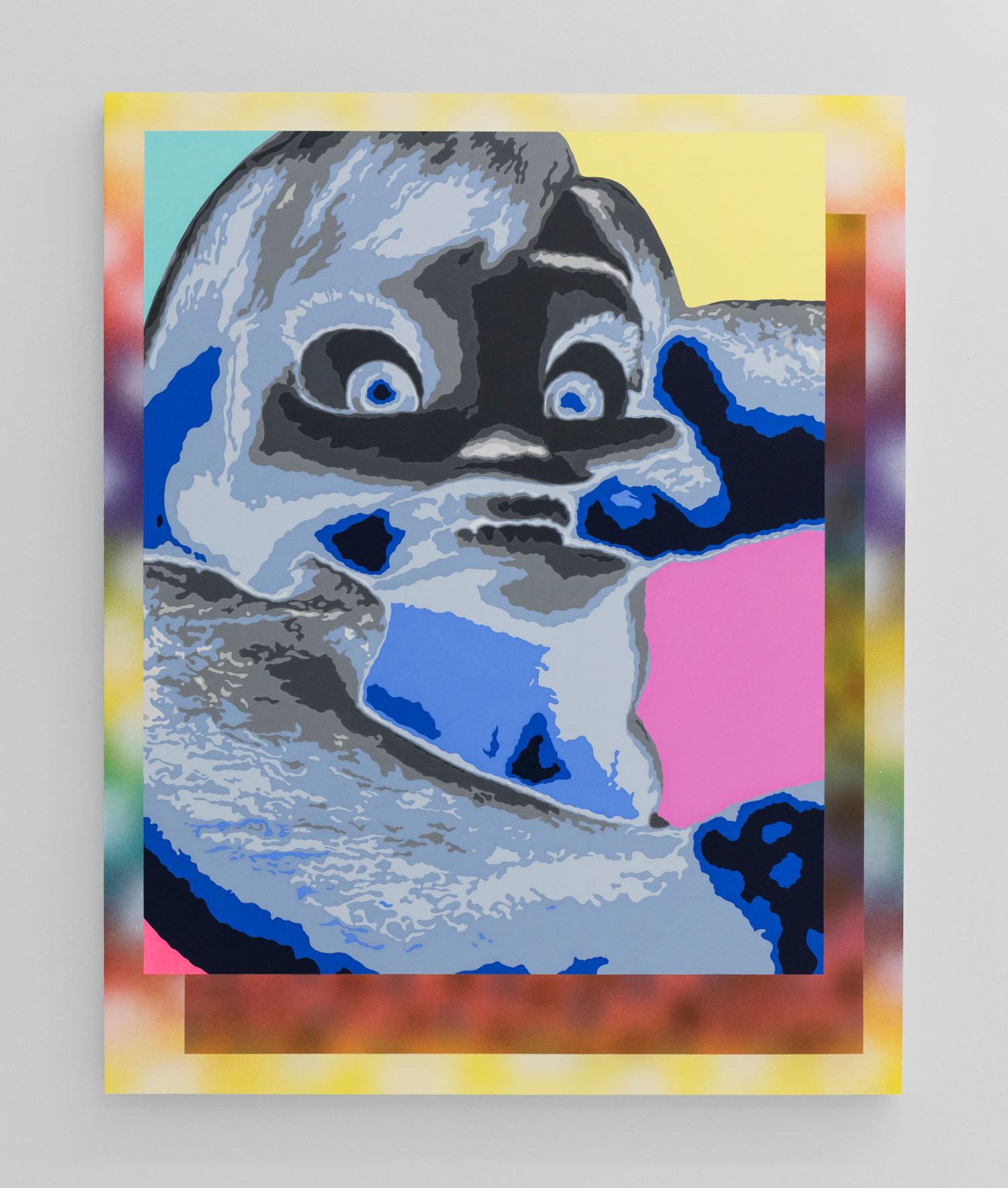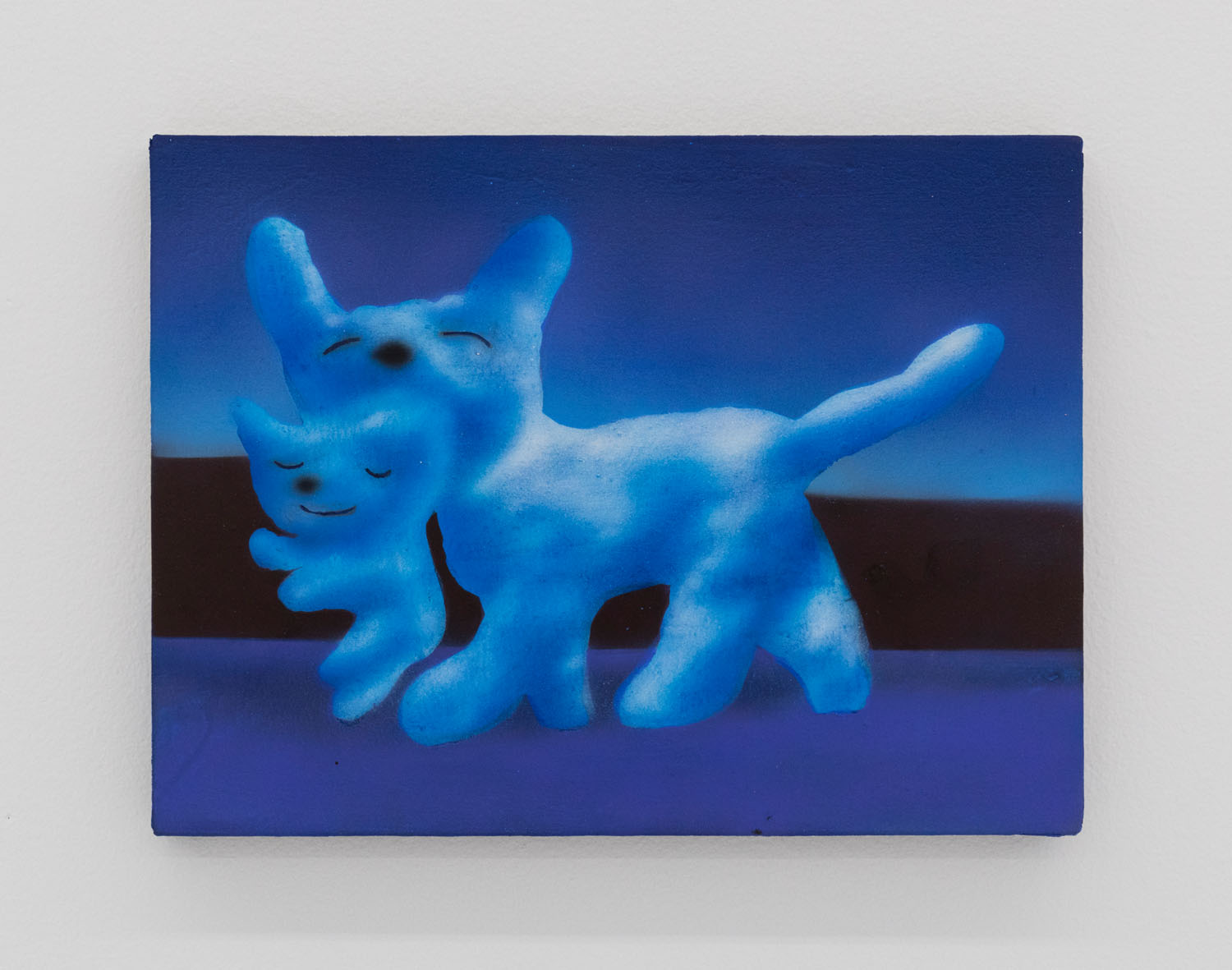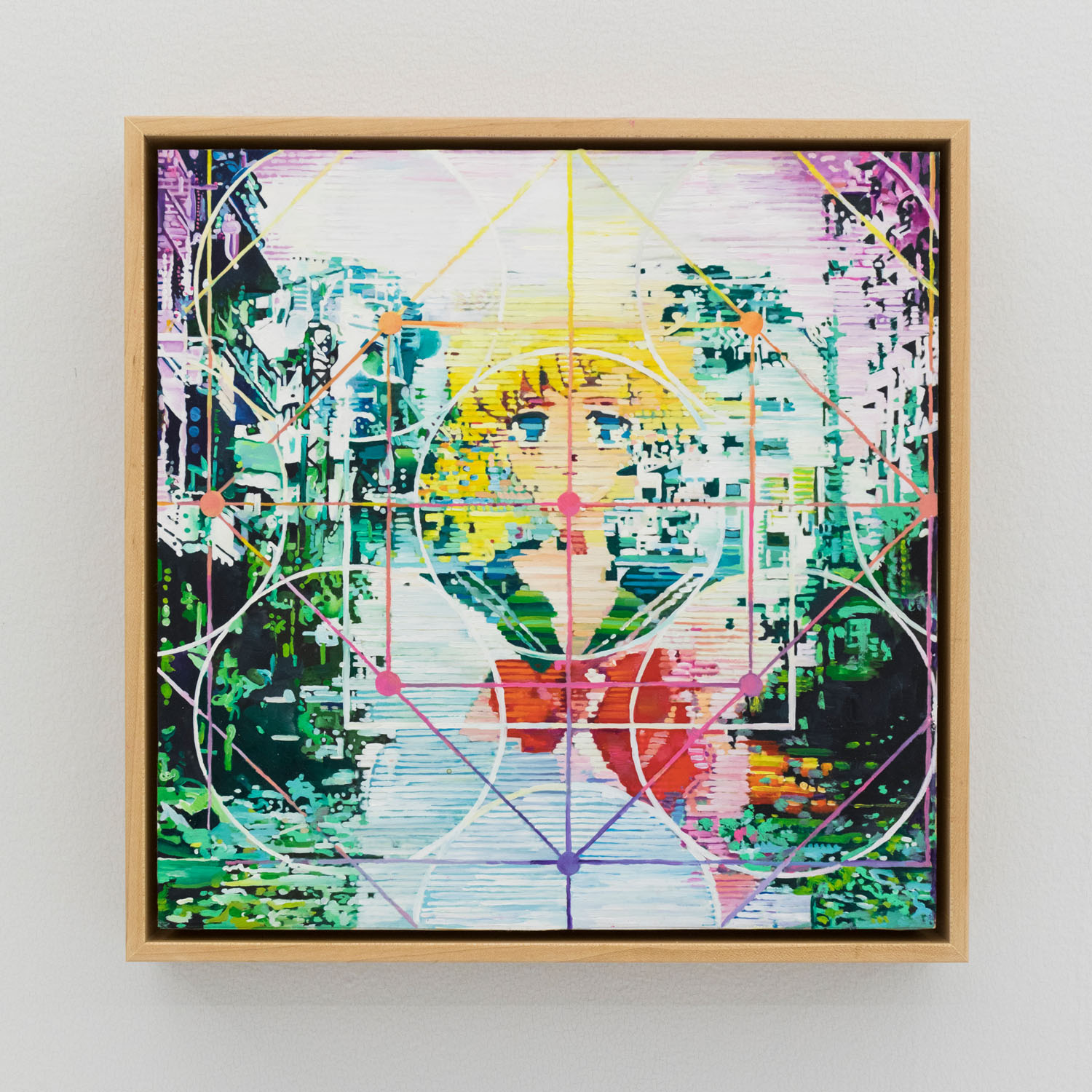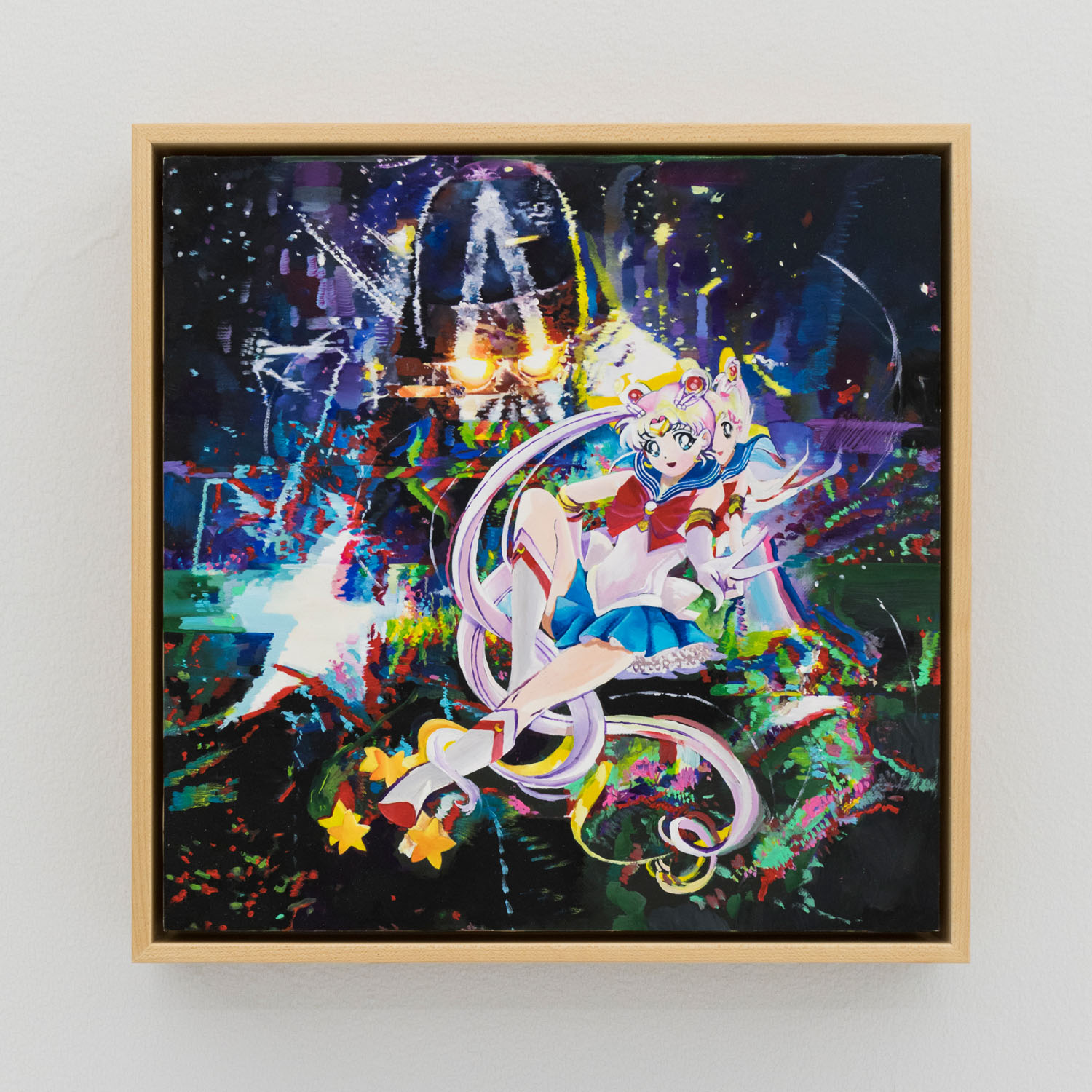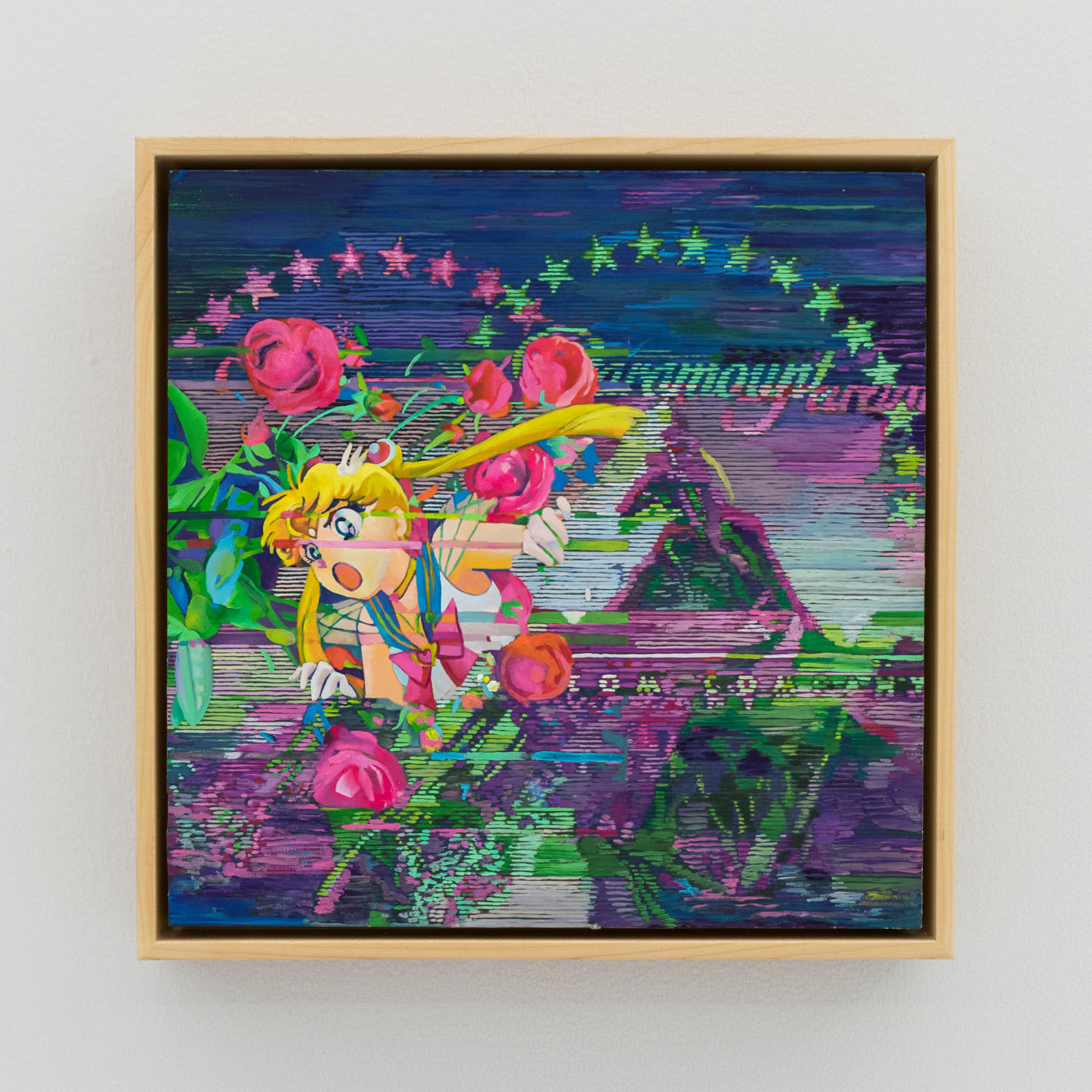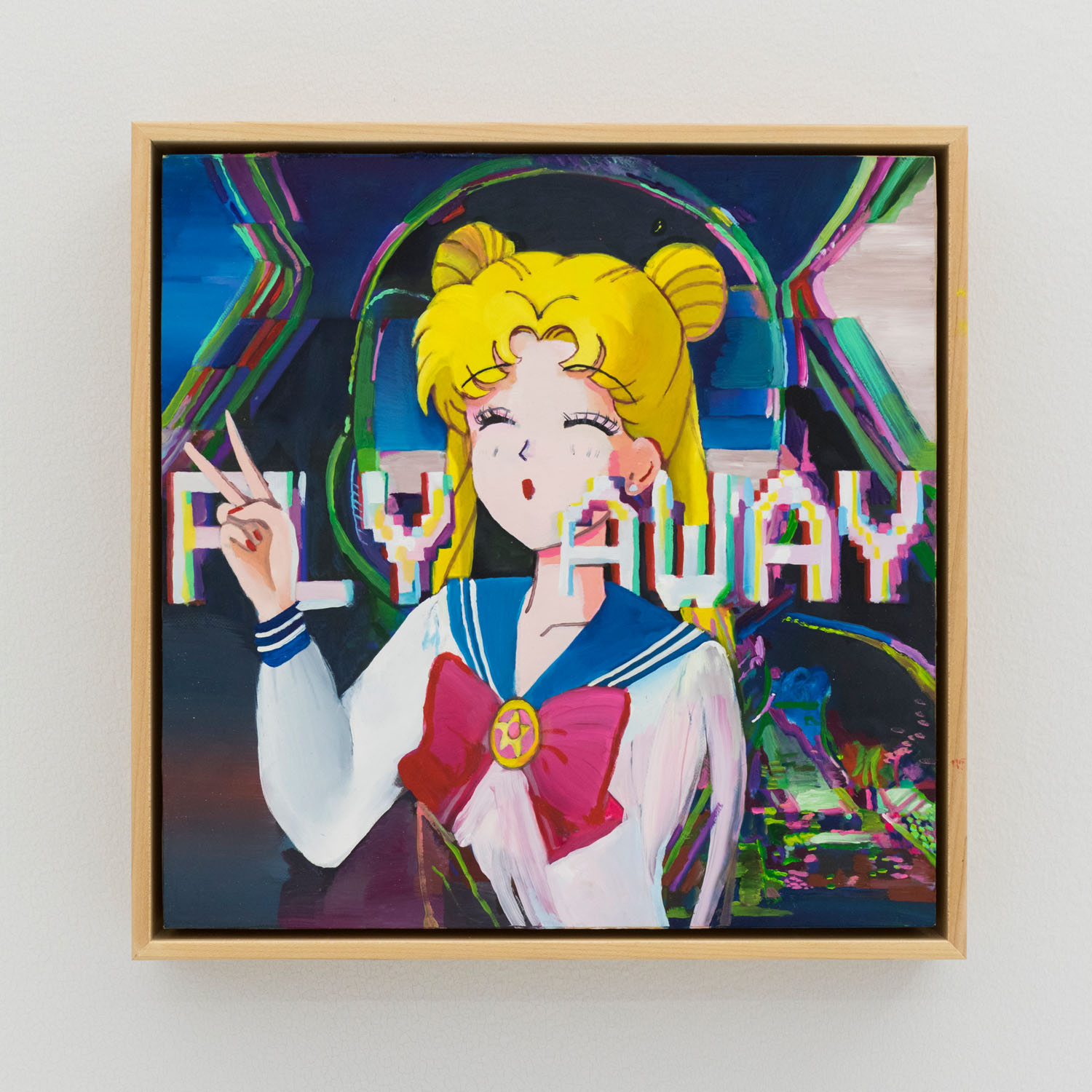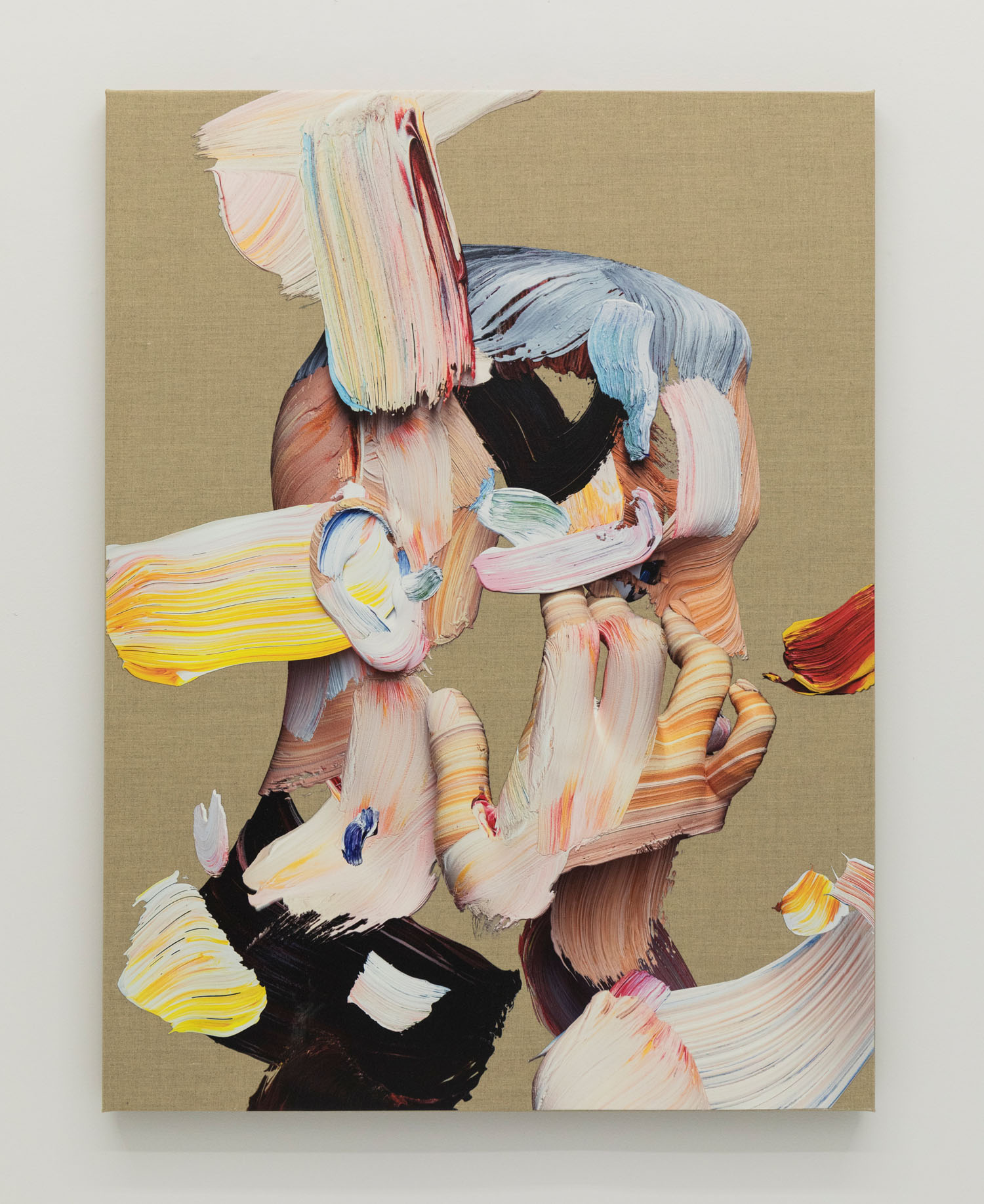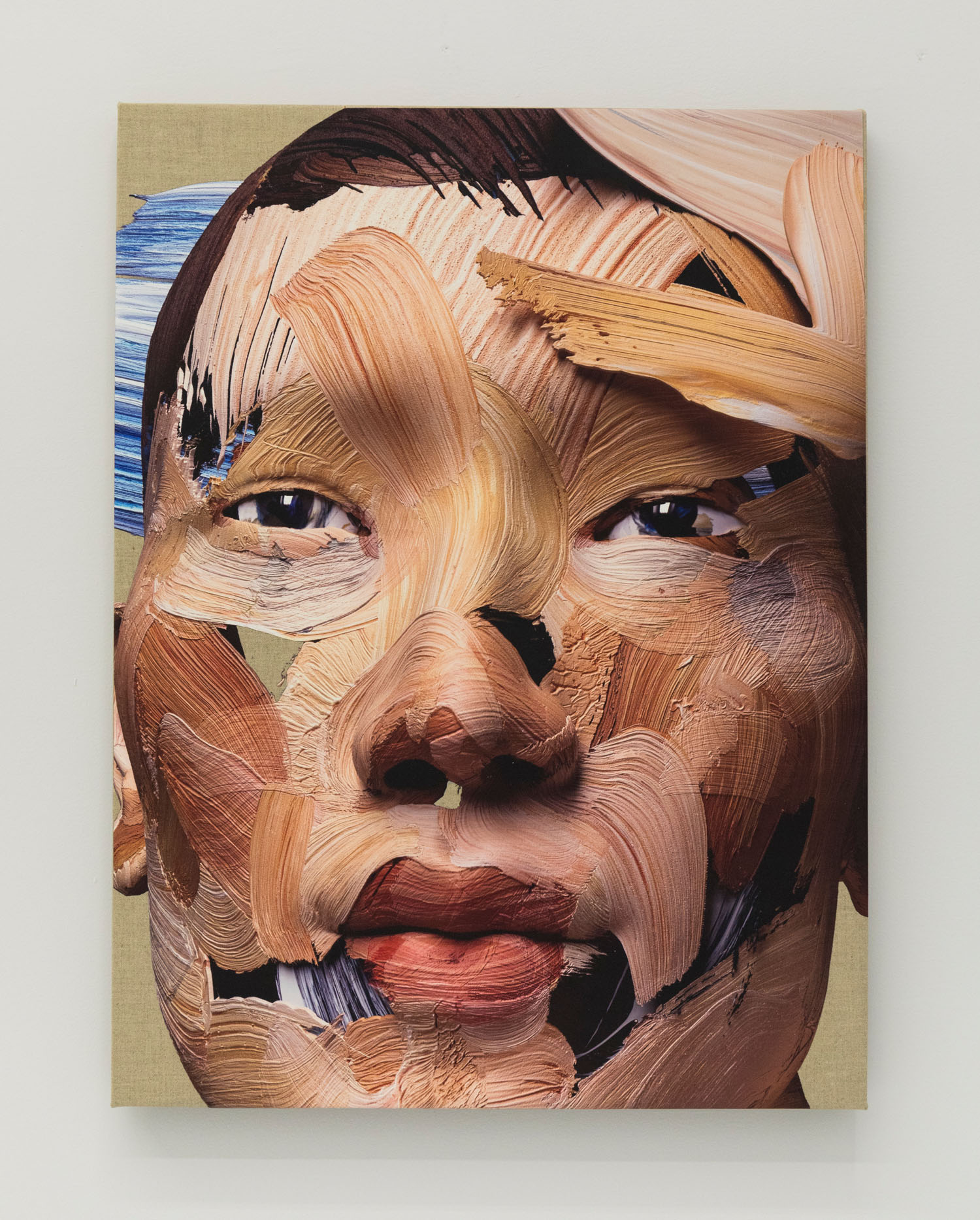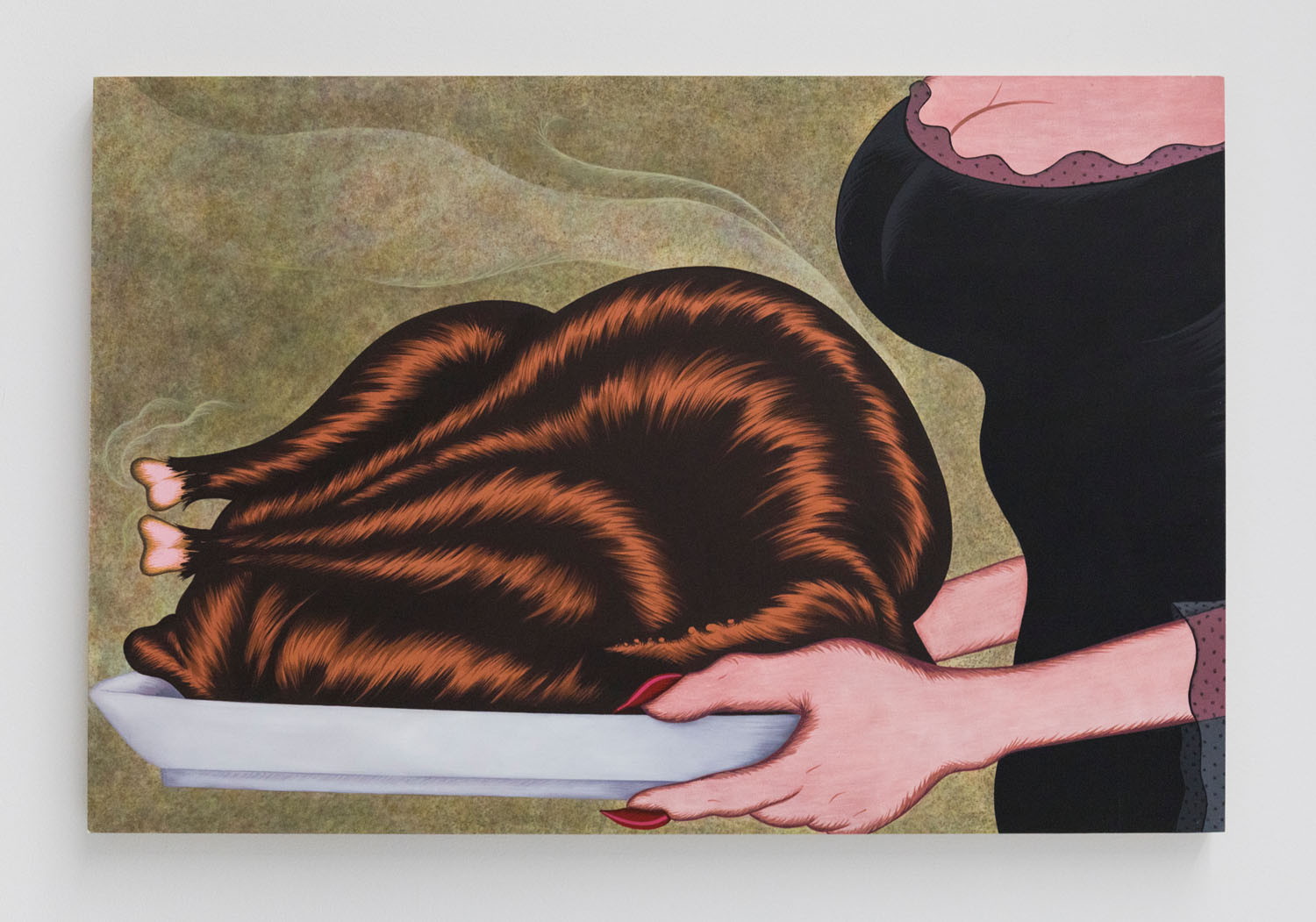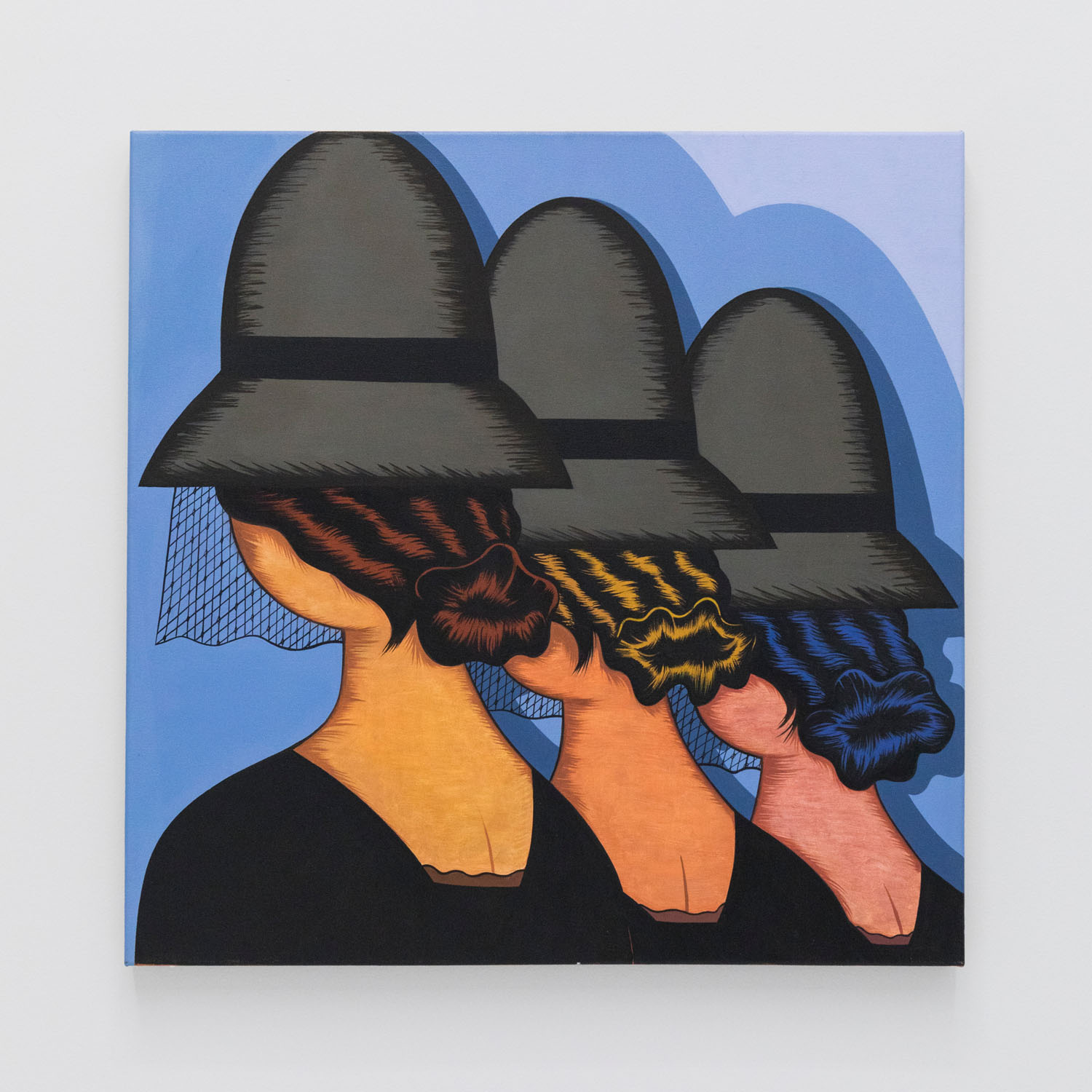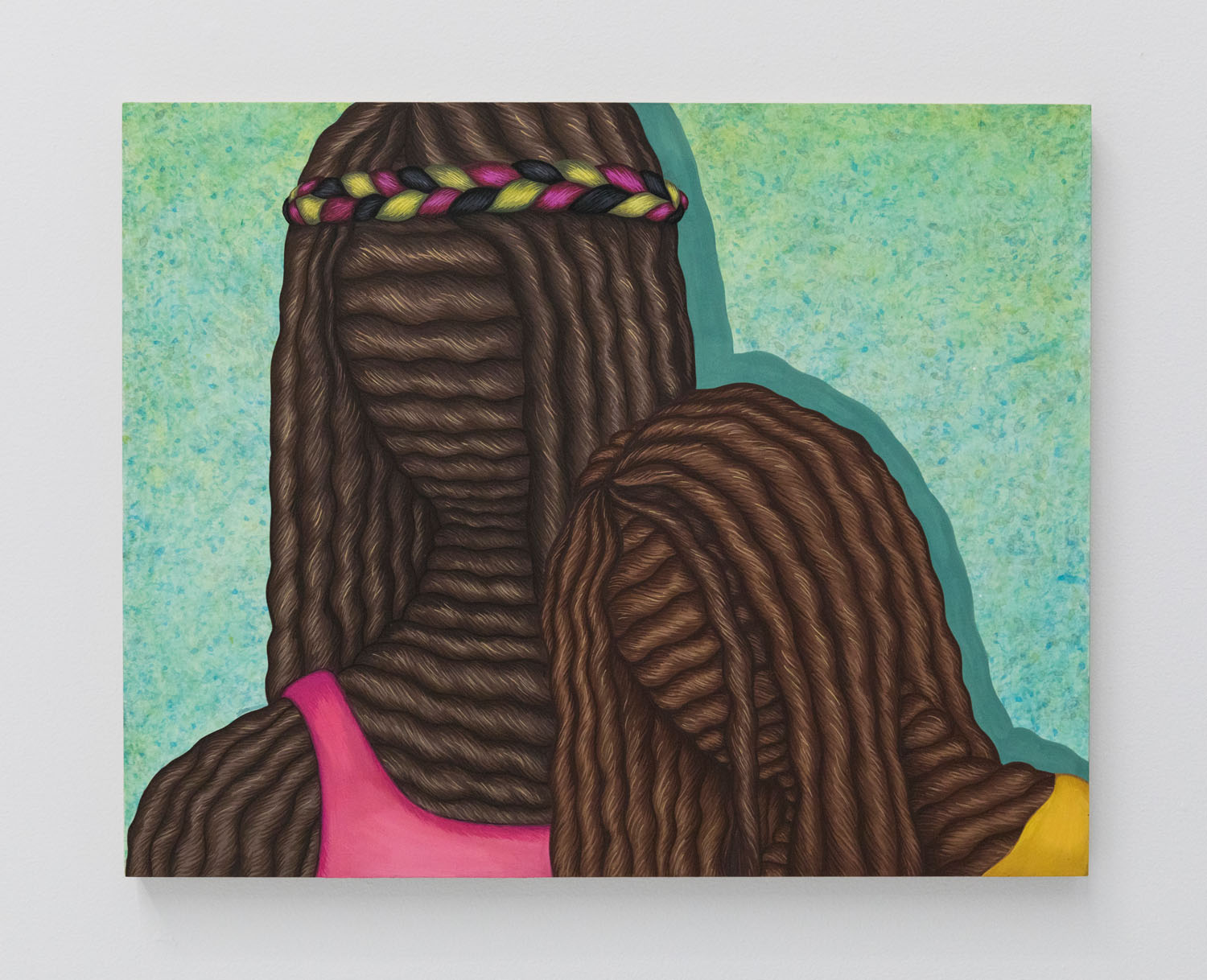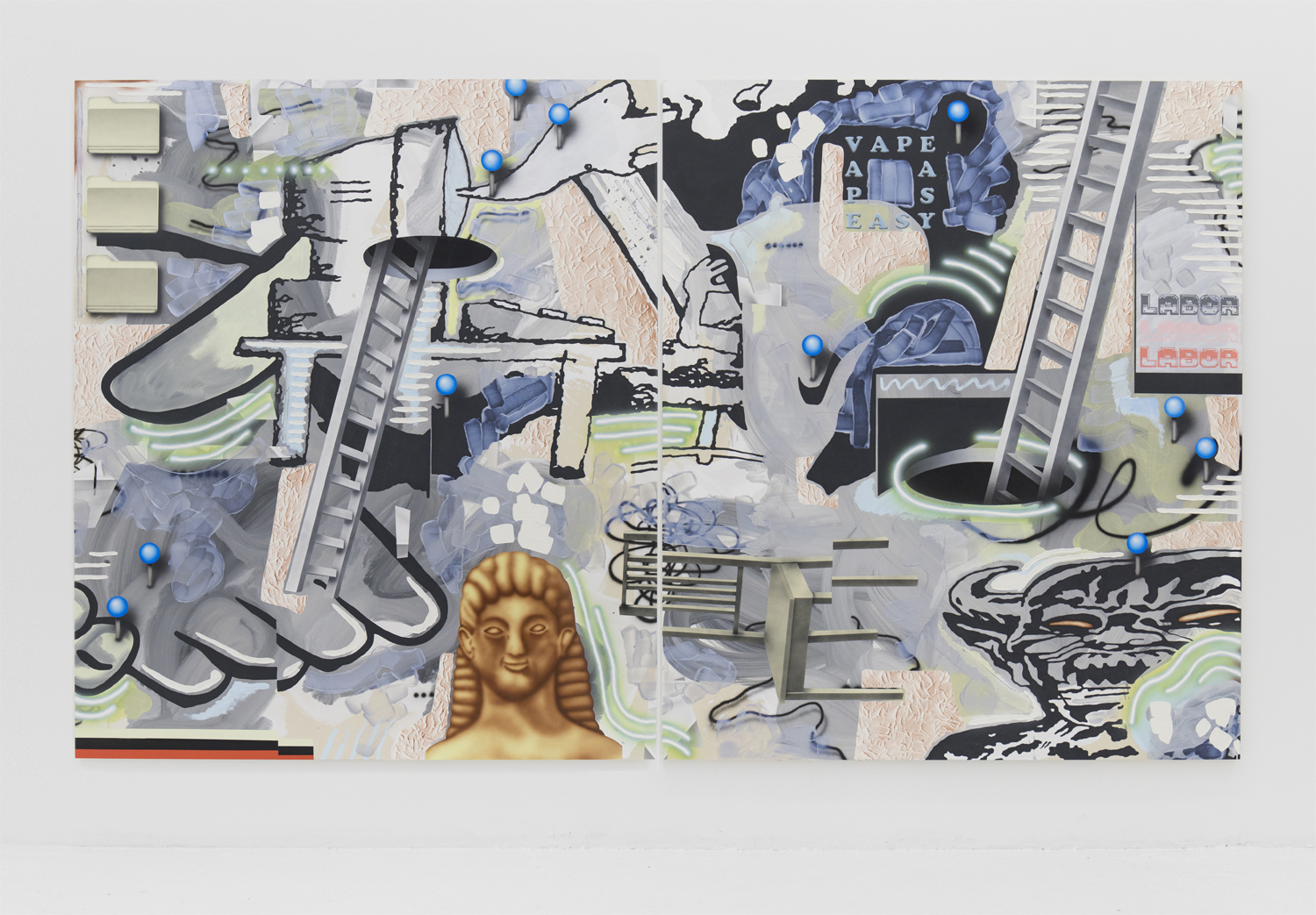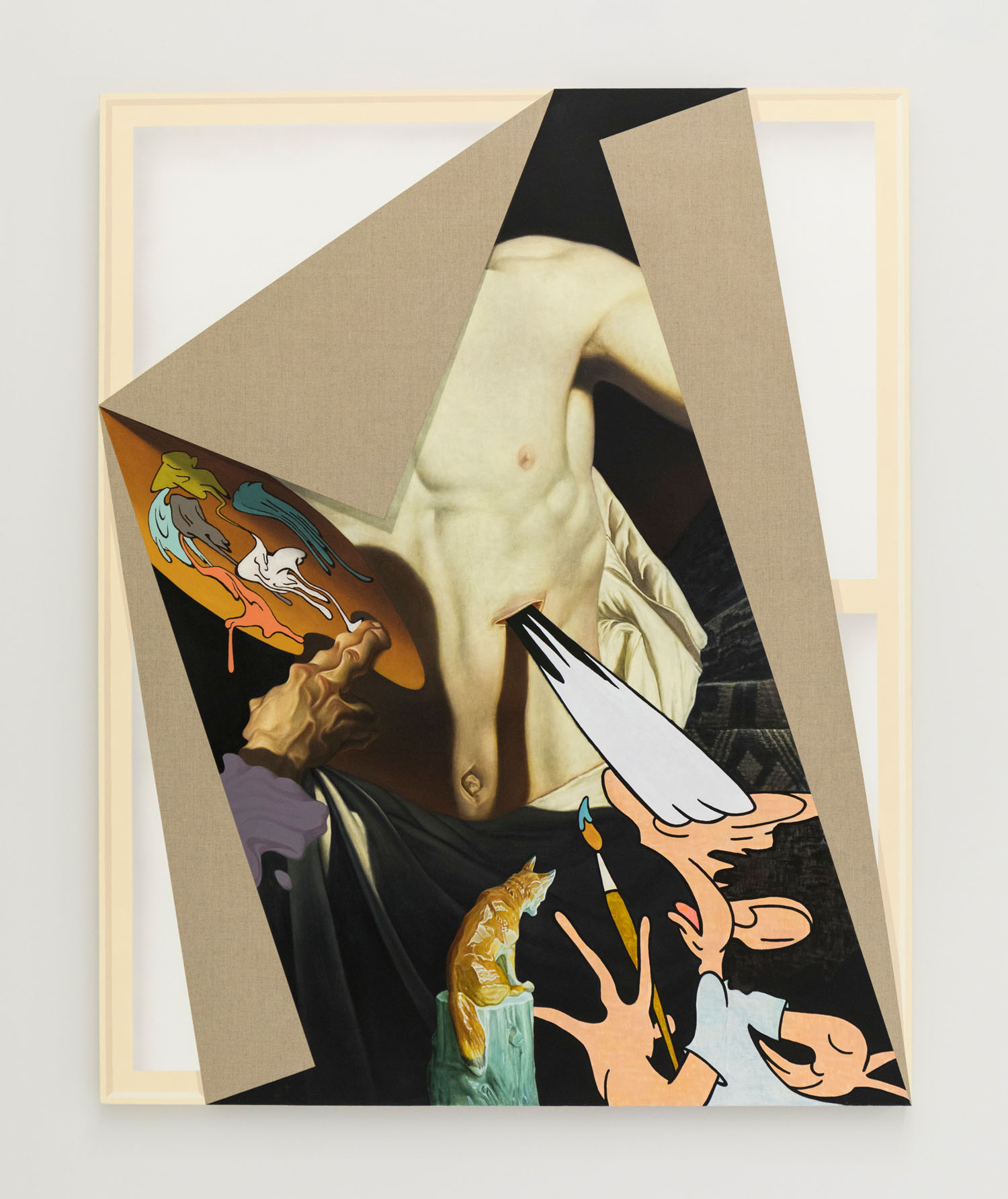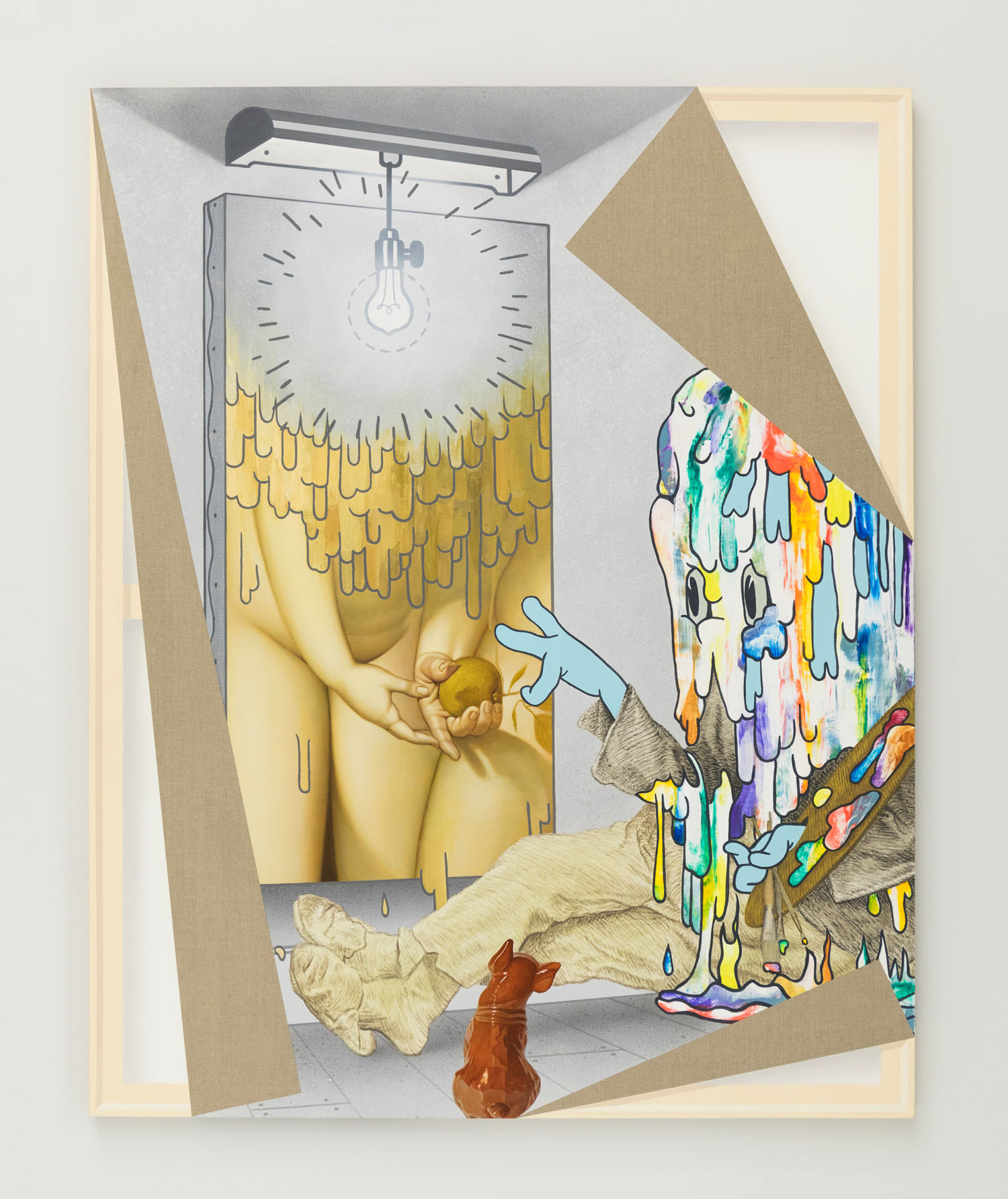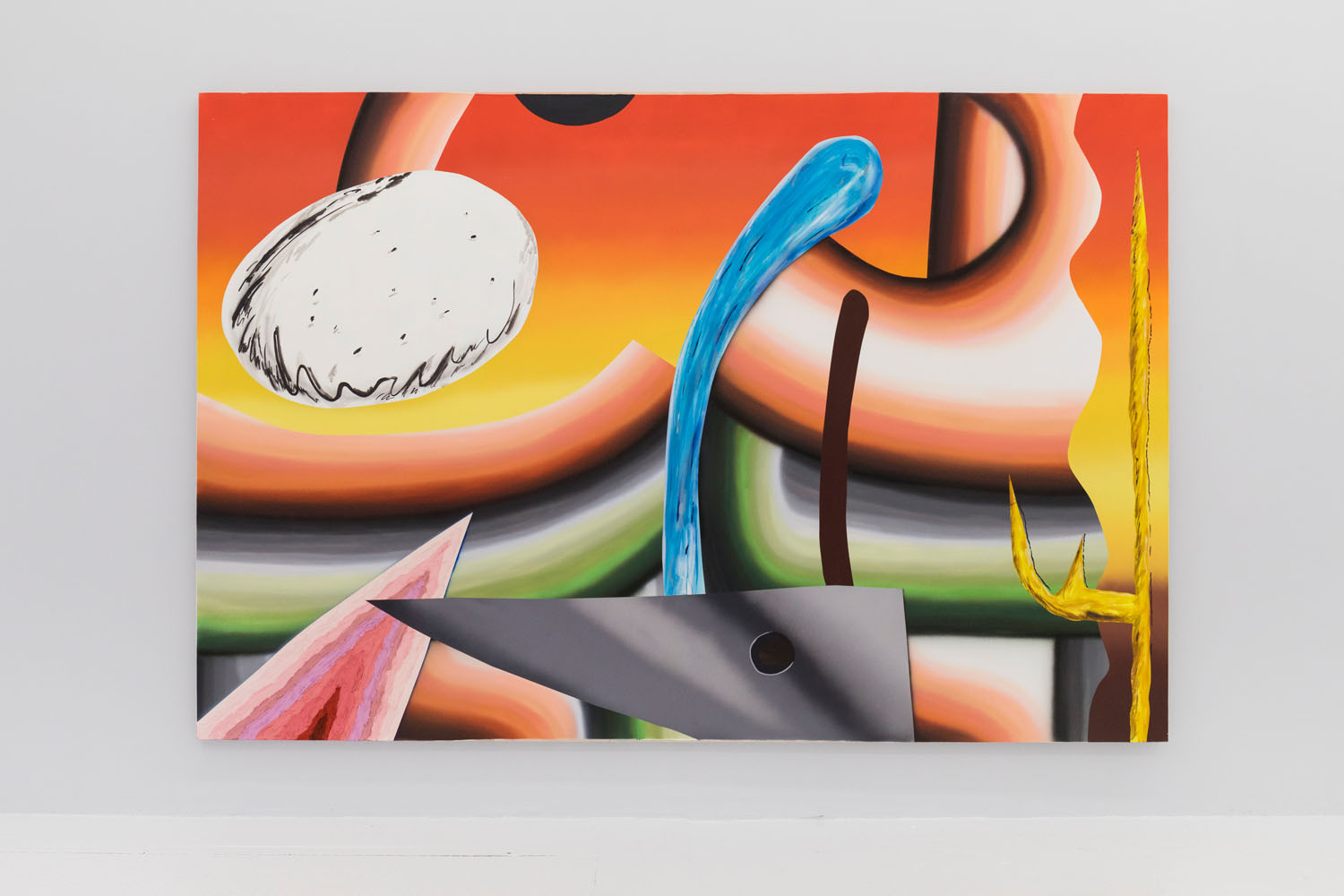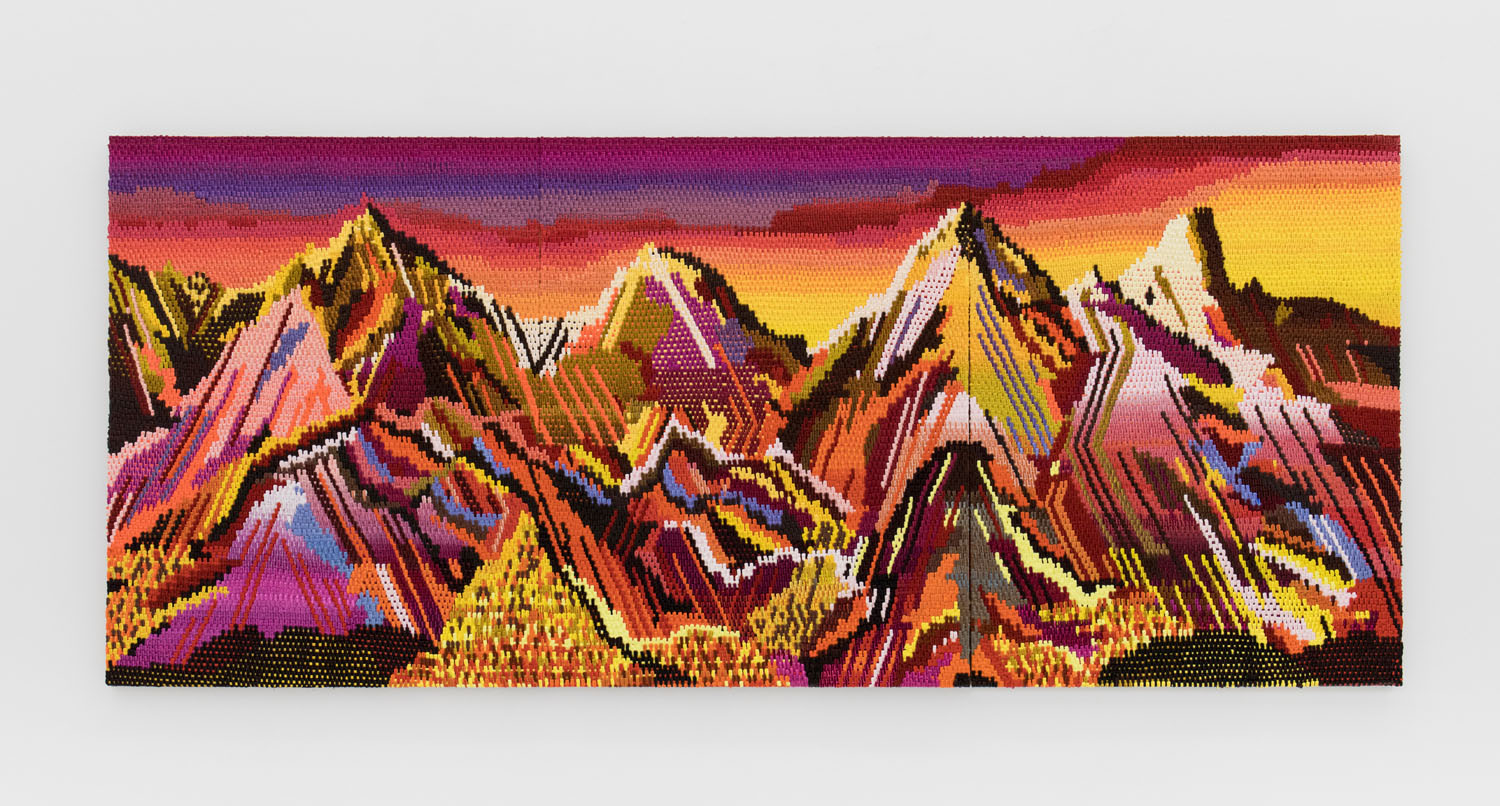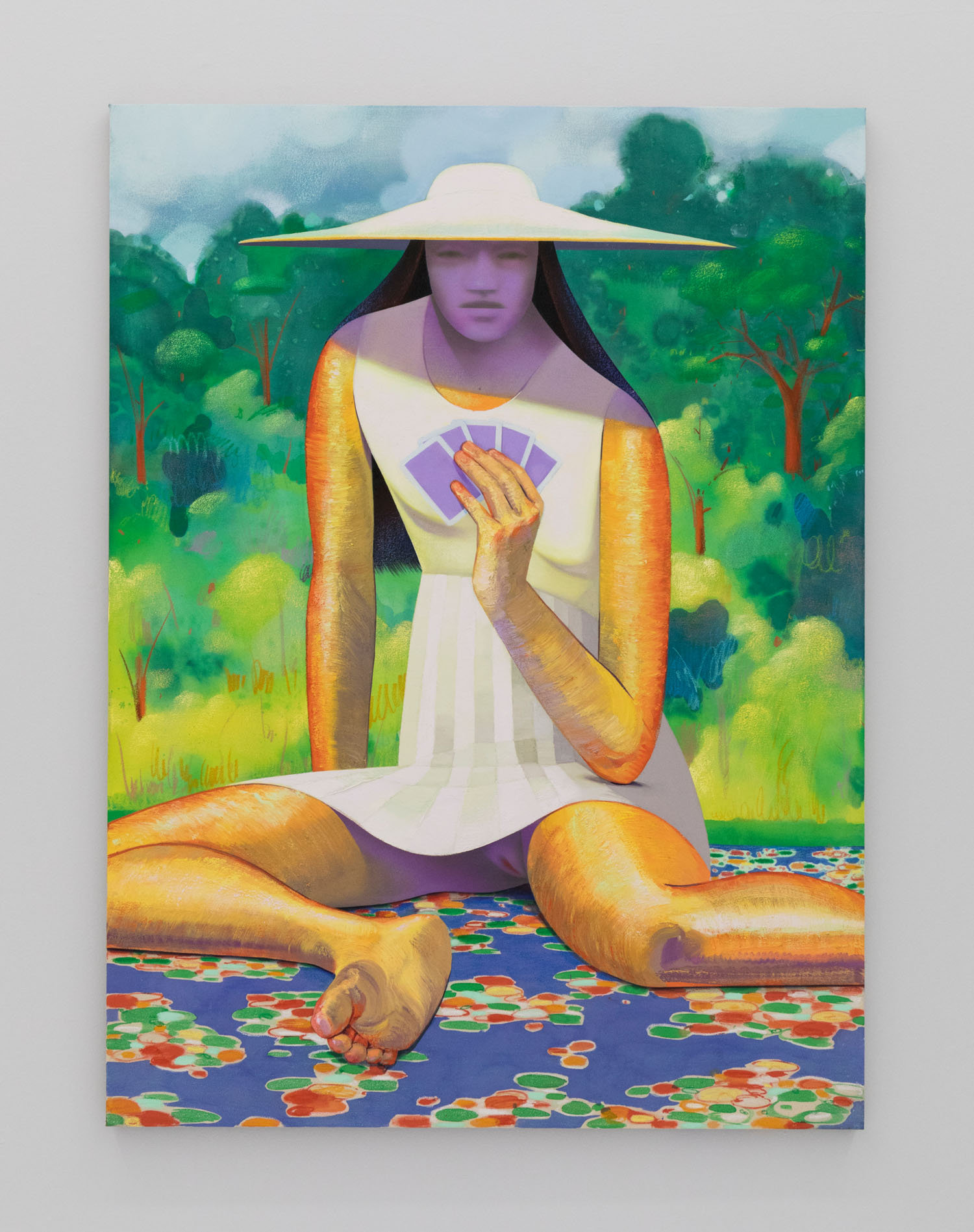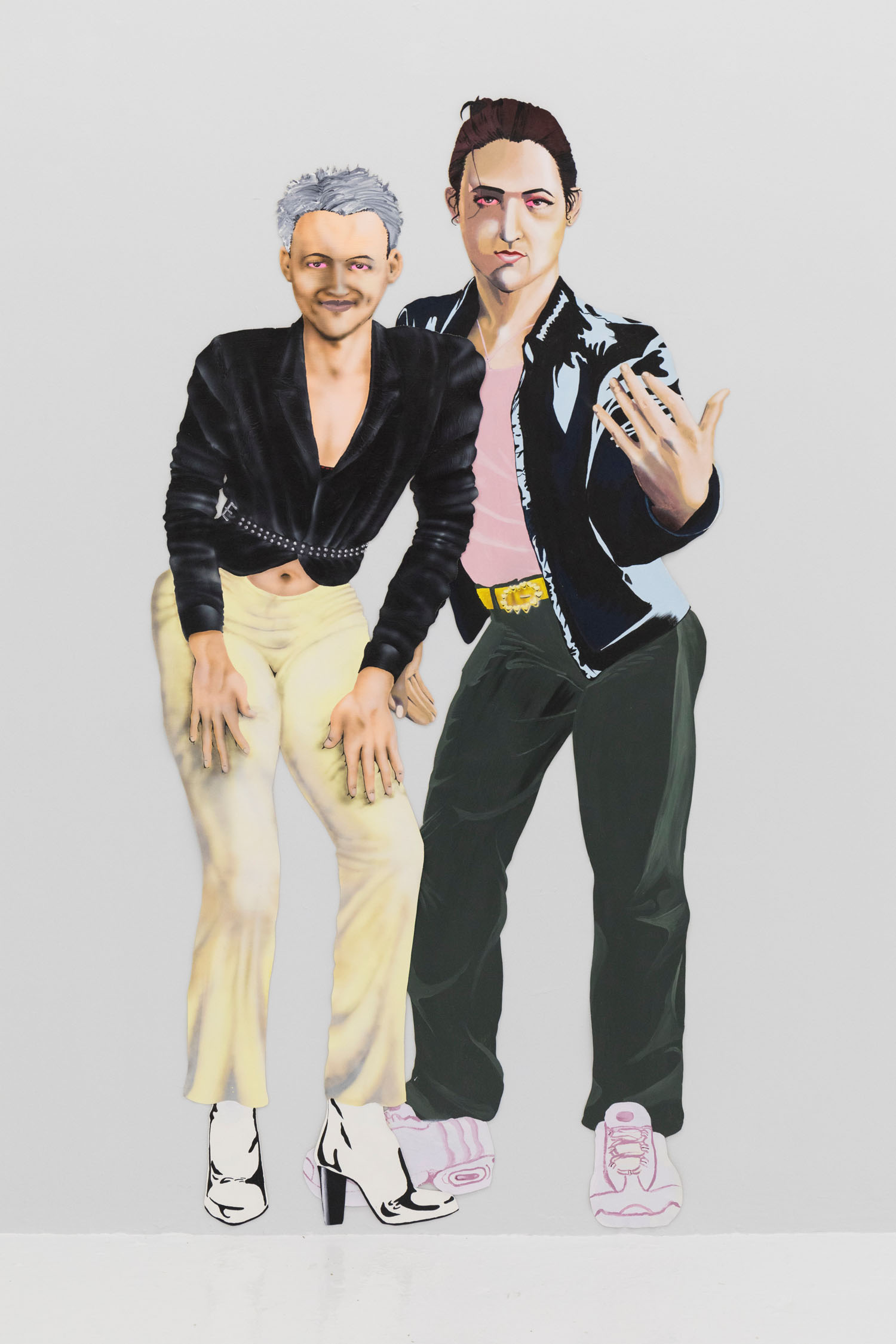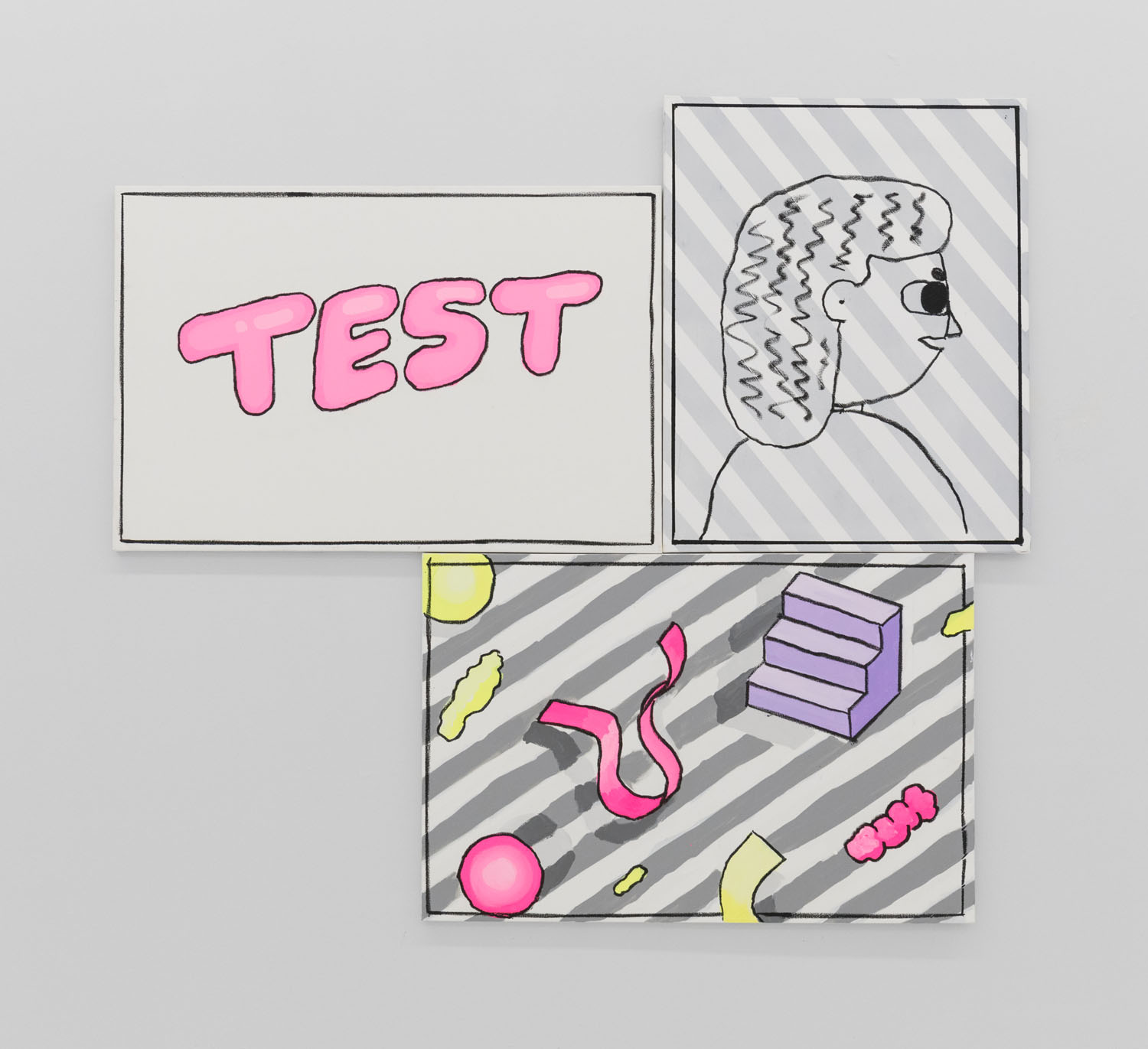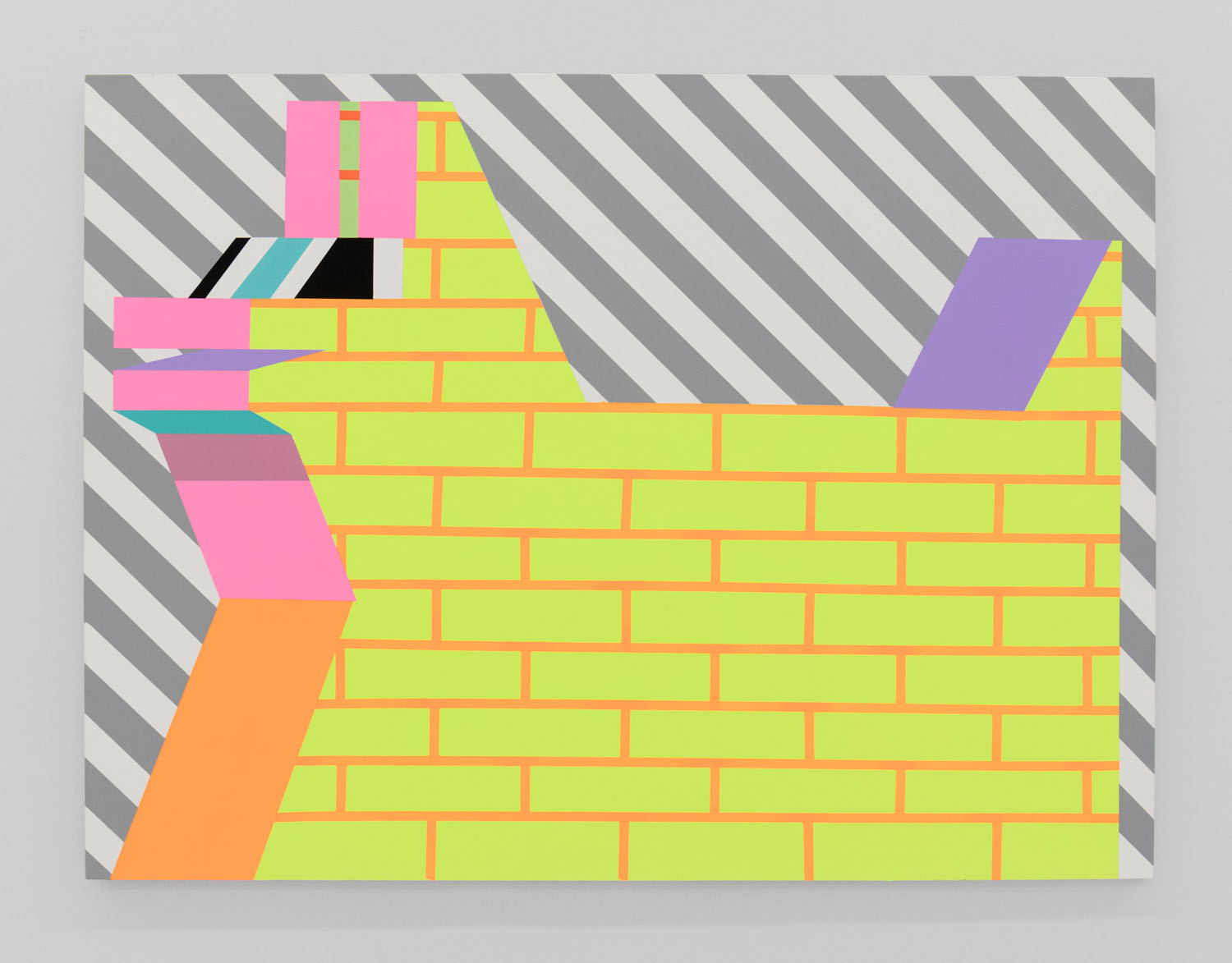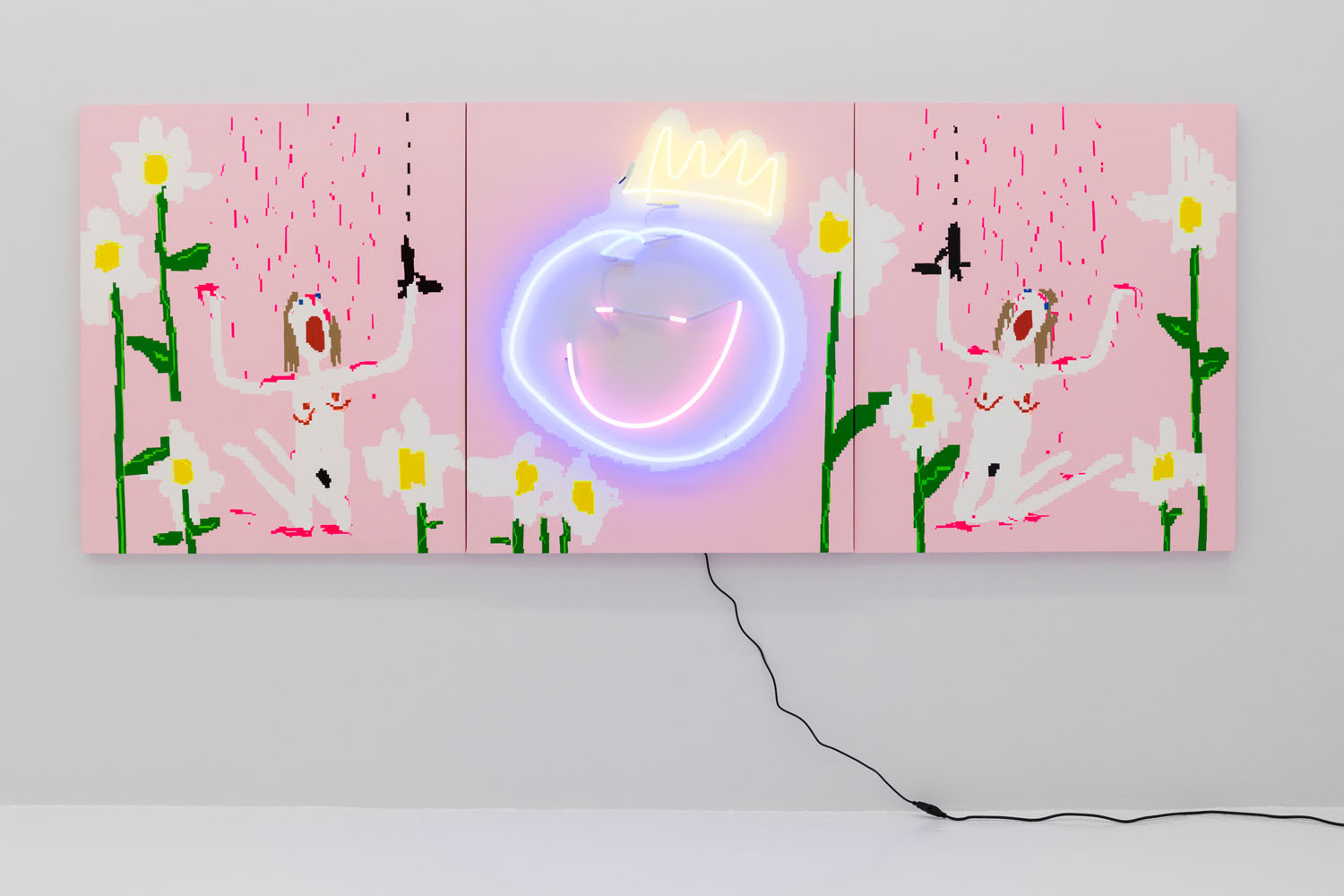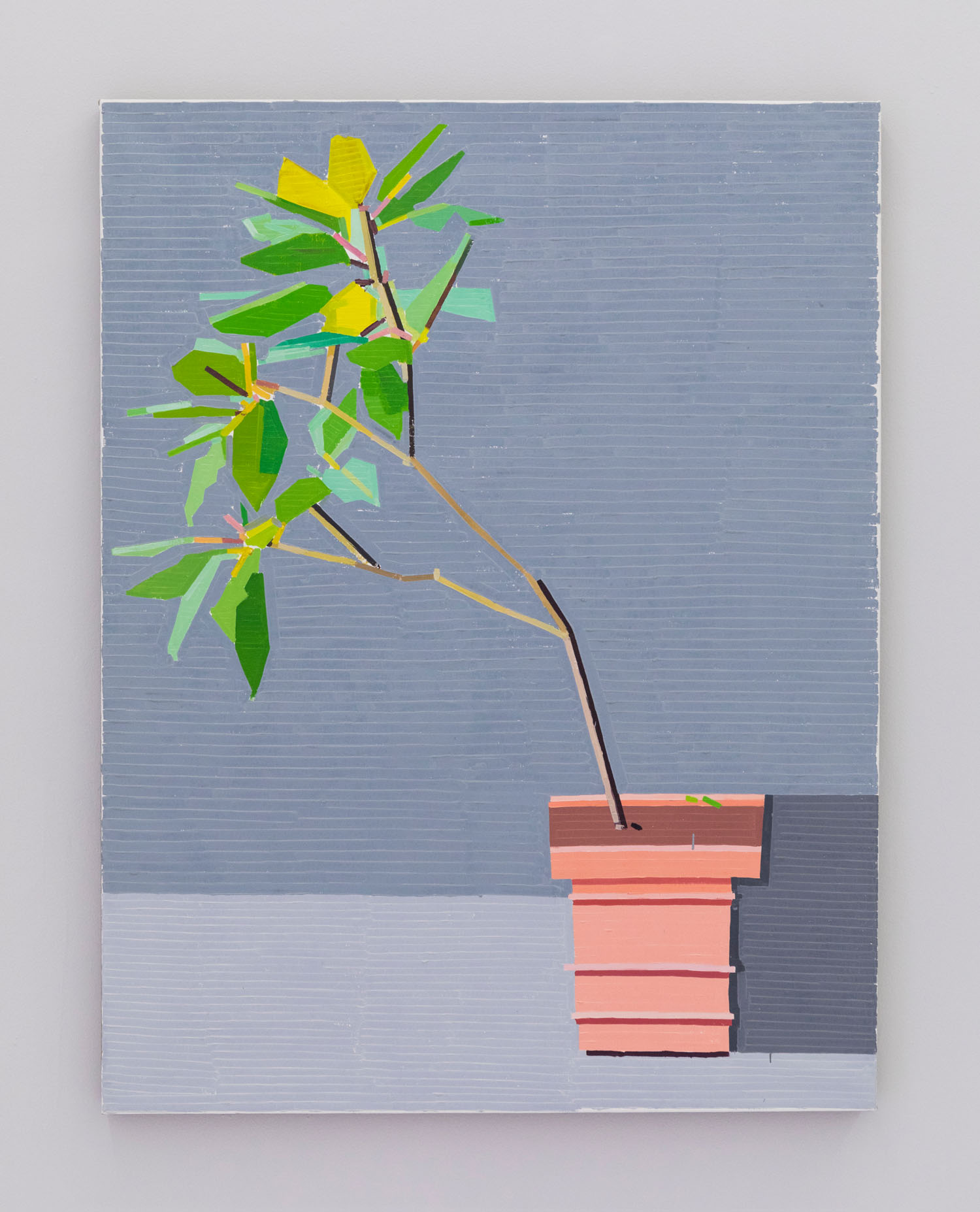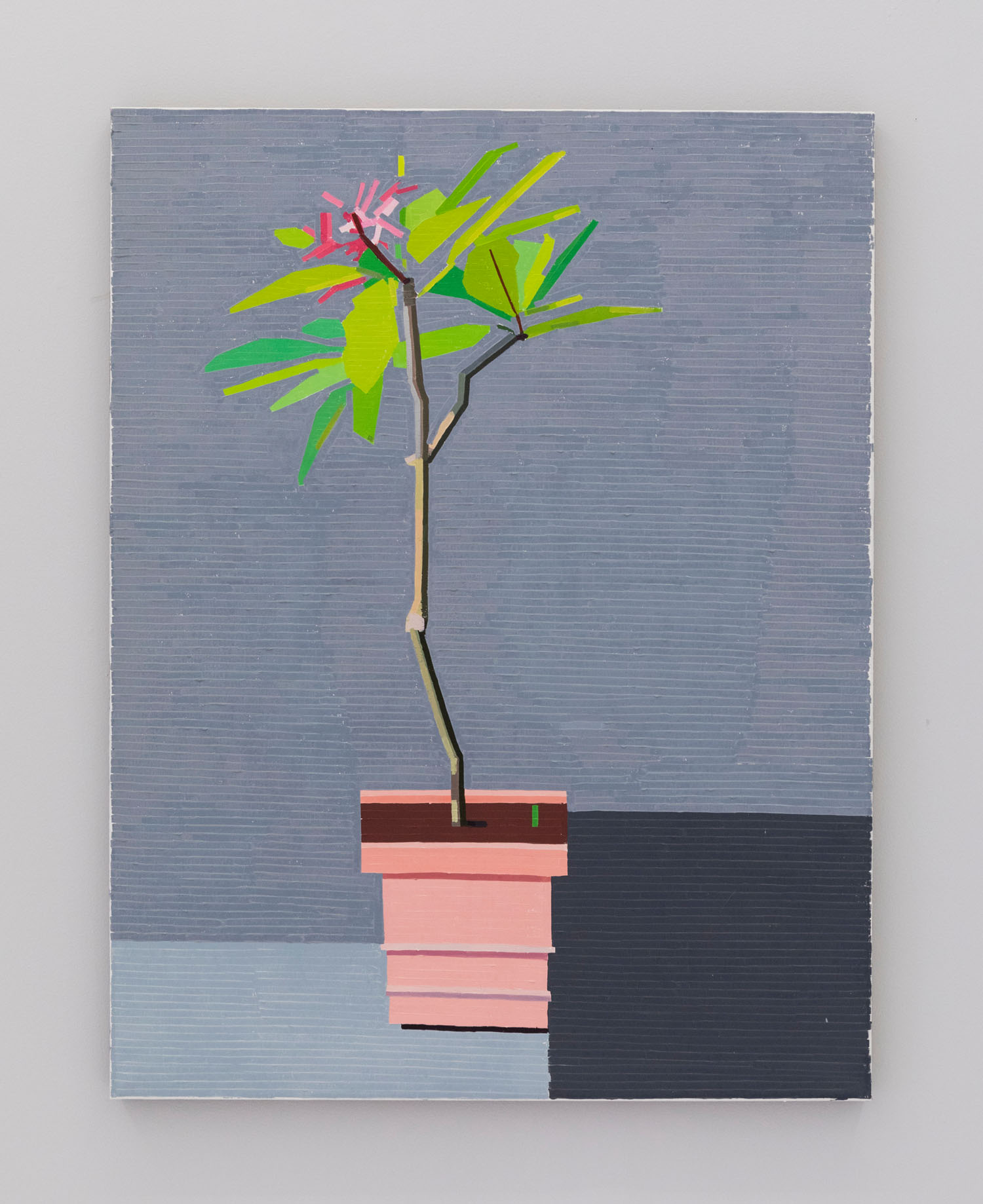Anne Vieux
Austin Lee
Ben Jones
Caroline Larsen
Drake Carr
Eric Shaw
Guy Yanai
Jeanette Hayes
Joe Reihsen
Jonathan Chapline
Josh Reames
Julie Curtiss
Keith Farquhar
Lauren Silva
Kristin Baker
Maja Djordjevic
Mariah Dekkenga
Mark Wehberg
Matthew Hansel
Matthew Stone
Michael Dotson
Morgan Blair
Robin F Williams
Royal Jarmon
Ry David Bradley
Trudy Benson
The Hole is proud to announce a second installment of our 2015 exhibition of digitally-influenced painting “Post Analog Painting” with an updated group of artists and approaches in “Post Analog Painting II” or PAPII. This sprawling thematic exhibition of digitally-minded painting includes both emerging and established artists working in a “post-analog” mode.
The long and complex shift in culture from analog to digital media is the most significant transformation of our generation, and it has long-reaching and manifold effects that continue to permeate all modes of visual expression. In painting the effects have been slow to reverberate: “inkjet on canvas” was the center of these discussions for many years while more subtle repercussions in style and content were ignored in favor of new media. In “Post Analog Painting”, 2015 we looked at some physical ways digital imaging manifested, with painted pixels and various print techniques or Photoshop tools. This year we look more finely at the idea of rendering in paint something influenced by how a computer renders an image.
The specific medium the artist uses, or having a step in the artistic process that happens in the computer, is less the idea. Digital tools have affected our way of thinking; the logic of Photoshop or structure of pixelation shapes a painter’s approach to color, form, light or texture even when away from their laptops. When Trudy Benson paints a circle, it’s the specific kind of sloppy shape a hand holding a mouse draws, not the shape a hand holding a brush would make. When Maja Djordjevic forms a figure it’s the rudimentary beast of Mac Paint, from her memory not a projector.
Content of paintings has been affected (in this show we have anime, EDM, MapQuest and Mortal Kombat) as well as meaning, as the viewer takes in the work or communicates the work. If the painting looks sharp in your smart phone, it will get shared and seen far beyond the gallery and proliferate in its impact: the push and pull between what inspires the work and how it is shared cycles onward as meaning, technique and reproduction accelerate. If anything, most painters impacted by digital tools fight against this by making physical objects that don’t read properly on Instagram and need to be seen in person, (“it’s not a JPEG!”) whether it’s the texture of a Mariah Dekkenga or the baffling lack of relief in these new Joe Reihsen paintings; the woven oil paint in Caroline Larsen’s work to the fine pixilation in the grooves of the Keith Farquhar.
“Post-Analog” is meant to suggest that the paintings in this show were not even conceivable before digital imaging changed the structure of our images. Sure, we erased things, but not the way the “erase tool” erases. Items at shallow depth leave shadows but not the way a drop-shadow filter does. Focus and resolution exist in emulsion photography but the way that paint is applied in this show has more in common with low-res JPEGS and pixels-per-inch. Many artists seek out early imaging programs and style; some artists in the show have even customized digital imaging programs with their own tools so they can sketch or prep their paintings with the exact distortions they crave. “Augment”, “3D Builder”, “Pixto”, MacPaint emulators or Google SketchUp, Illustrator, Maya and Photoshop provide a wide range of computer tools to fool around with; the fact that these tools were programmed by humans to mimic analog processes but never fully succeed at total verisimilitude is explored here in myriad slippages, errors and omissions.
Airbrush and spray are frequent tools of digitally-minded painters so that their IRL creations can have the soft-focus of low resolution or the seamless blend of a computer gradient. Neon, whether the painted faux-neon in Josh Reames or the glowing gas neon in the center panel of Djordjevic’s piece, satisfy that craving for light-from-behind to match our glowing screen lives. Neon acryla-gouache colors in Ben Jones paintings light up, while the layers of scraped thin acrylic build up on Kristin Baker’s PVC panels to make their own internal luminescence.
The topic of how digital imaging has changed the way artists today approach painting is too broad to tackle here but in the exhibition, some of the most interesting changes are the most subtle: Royal Jarmon doesn’t use computers, he paints quickly and from his imagination, so why does his junk-filled fire escape painting look like it was built up in a 3D rendering program? The call, in PAPII, might be coming from inside the house.
For more information on the exhibition email raymond@theholenyc.com.
Emporium, “Post Analog Painting II @ The Hole”
